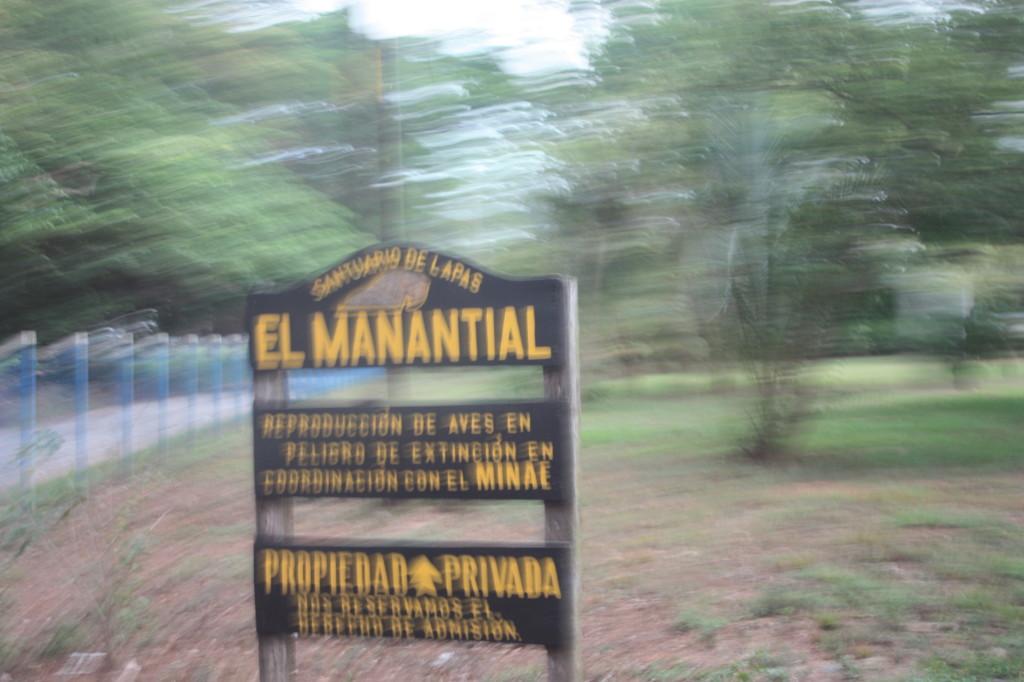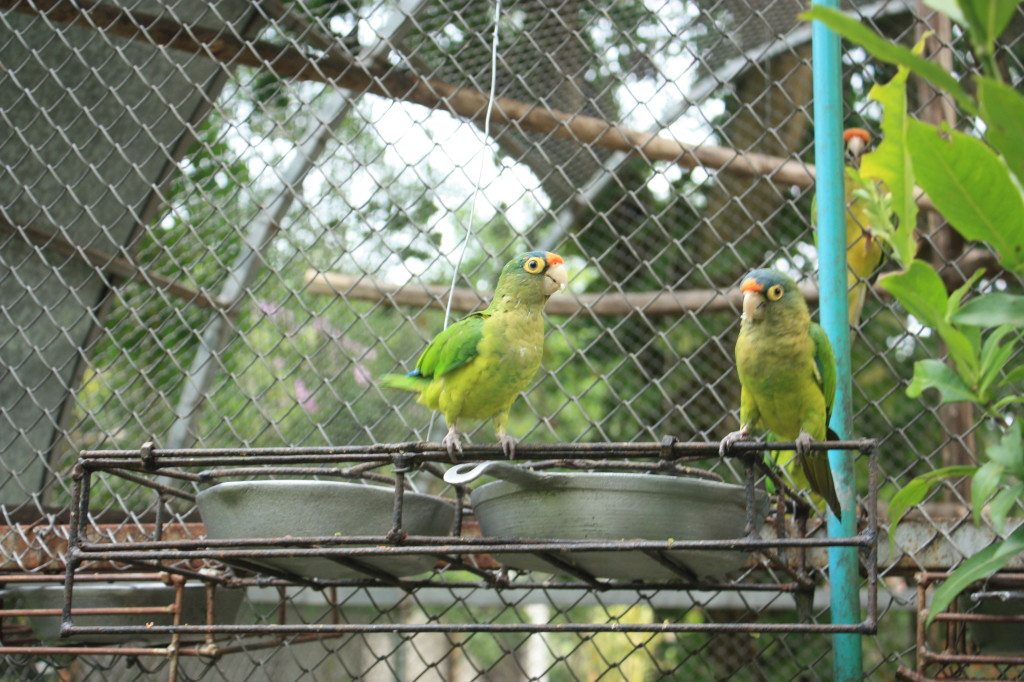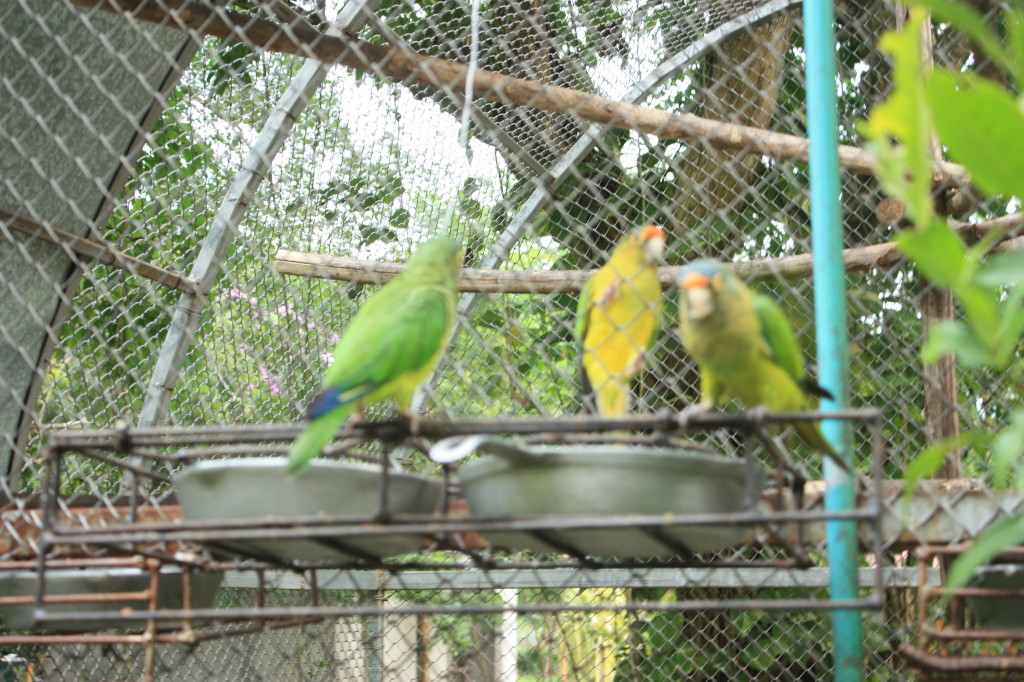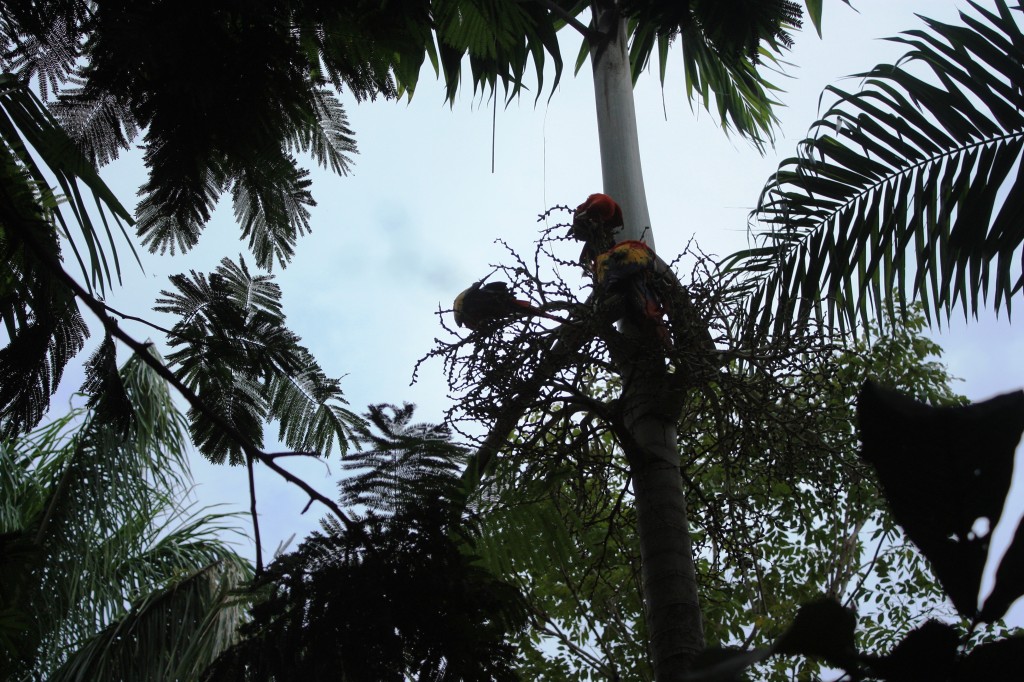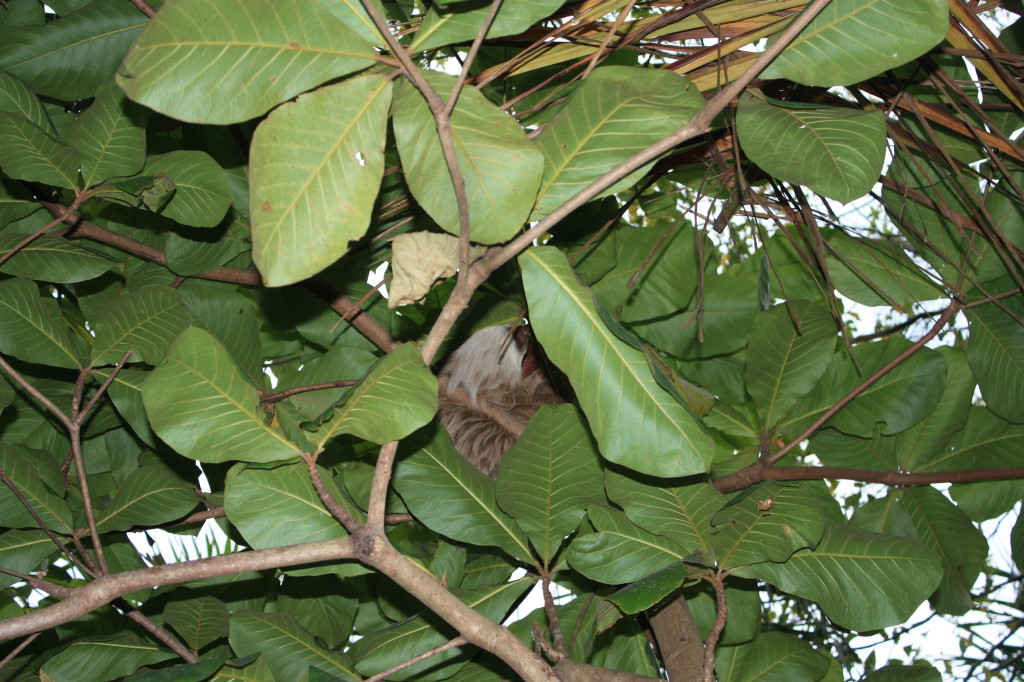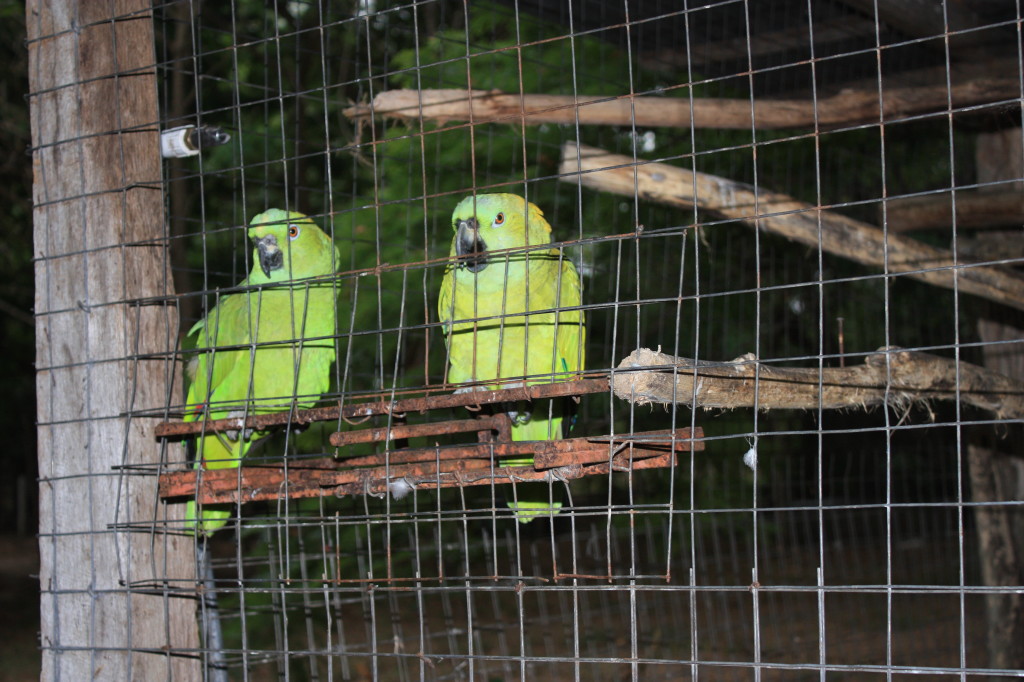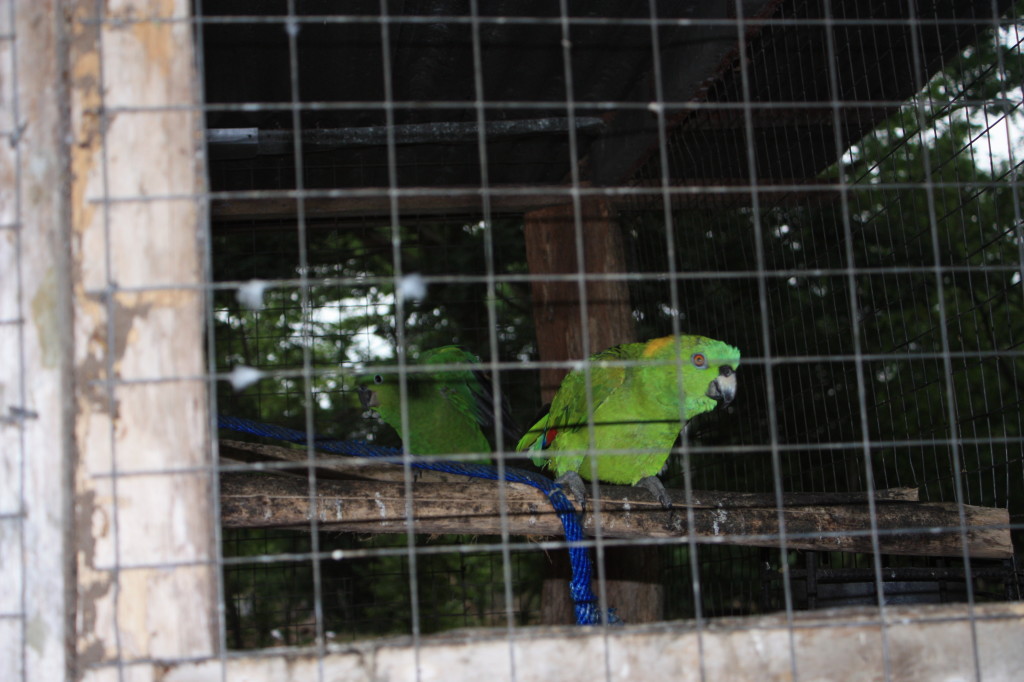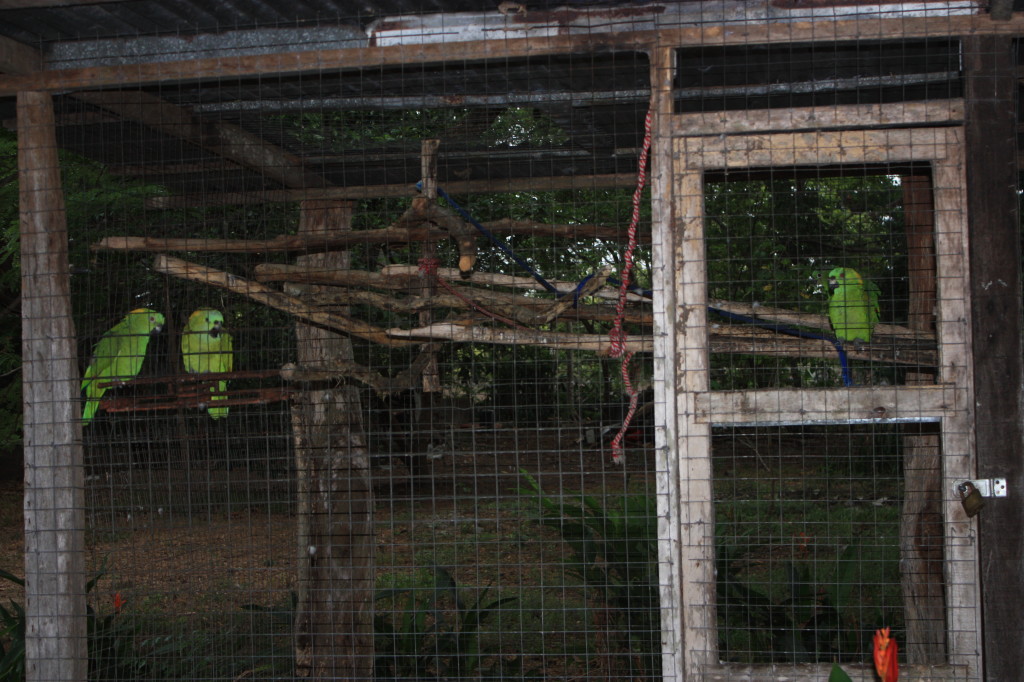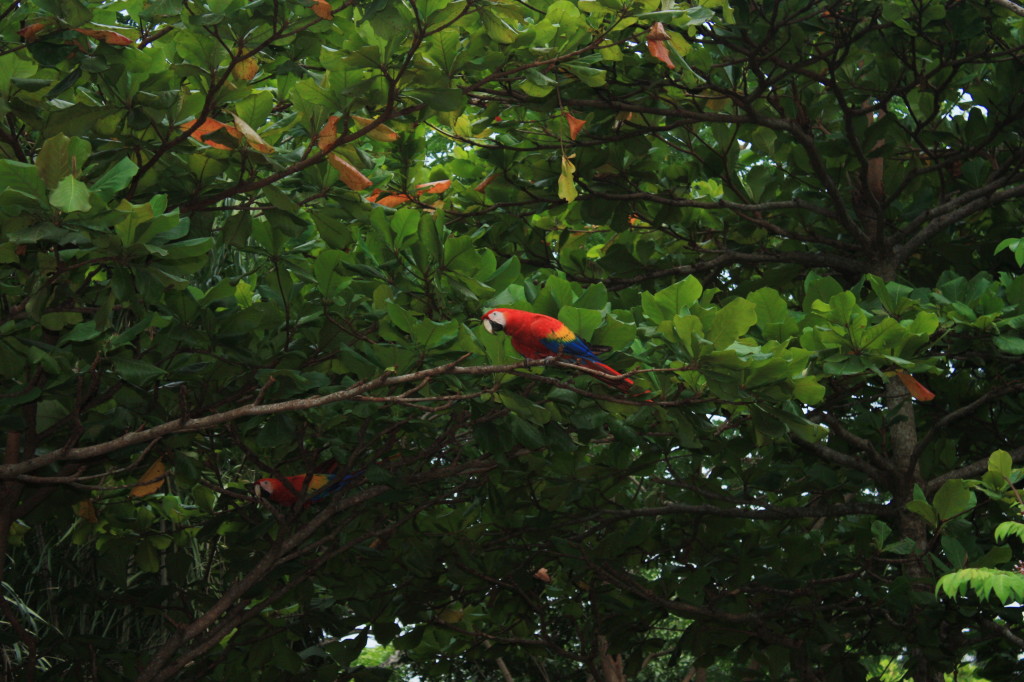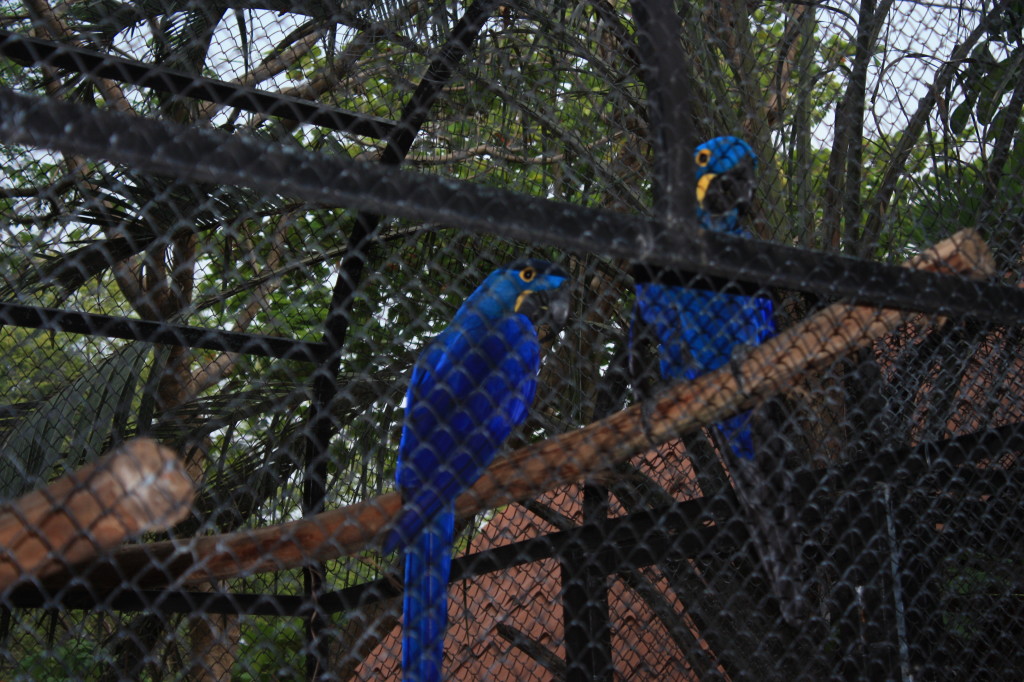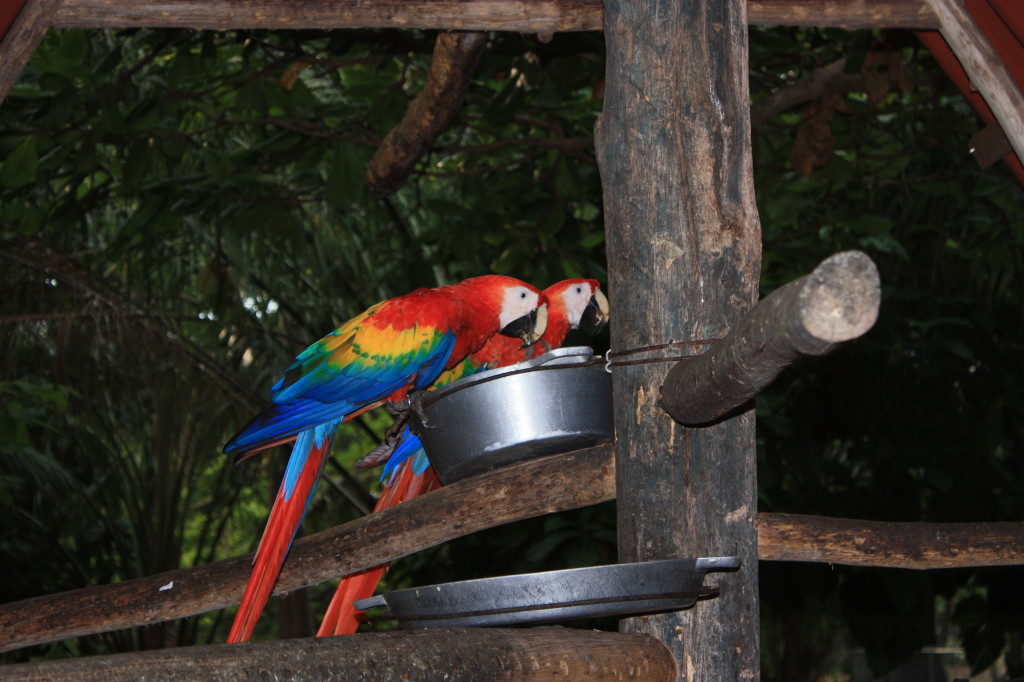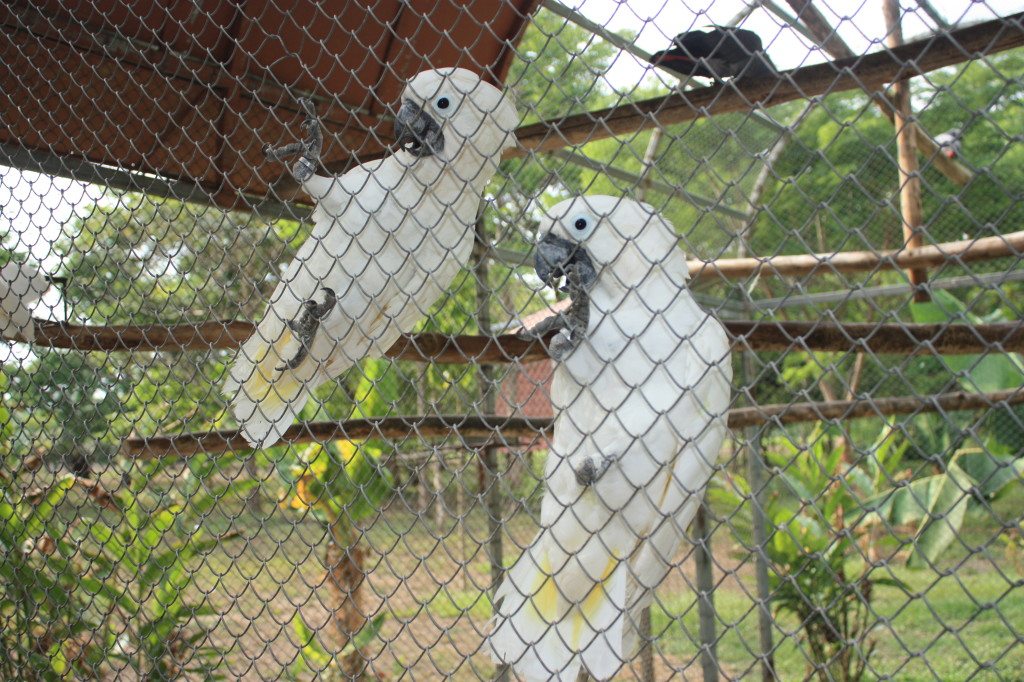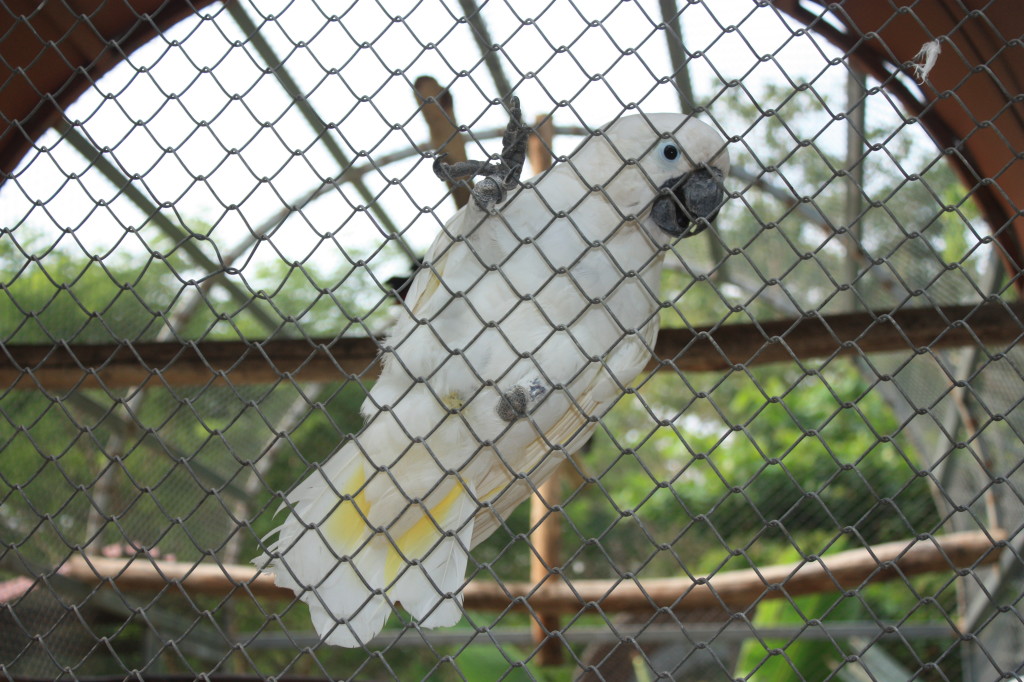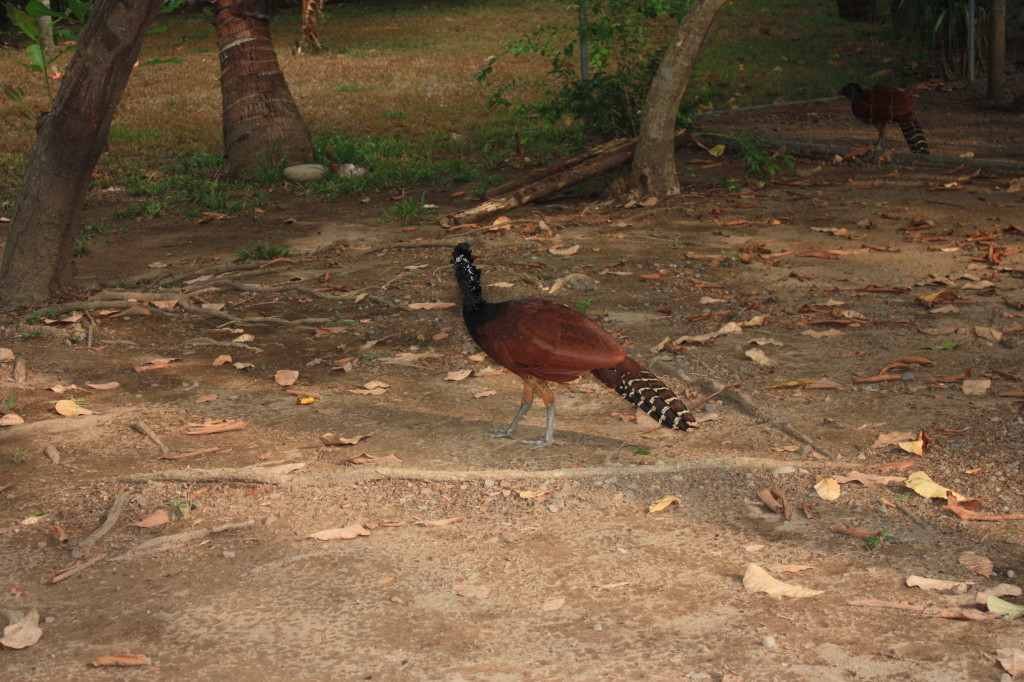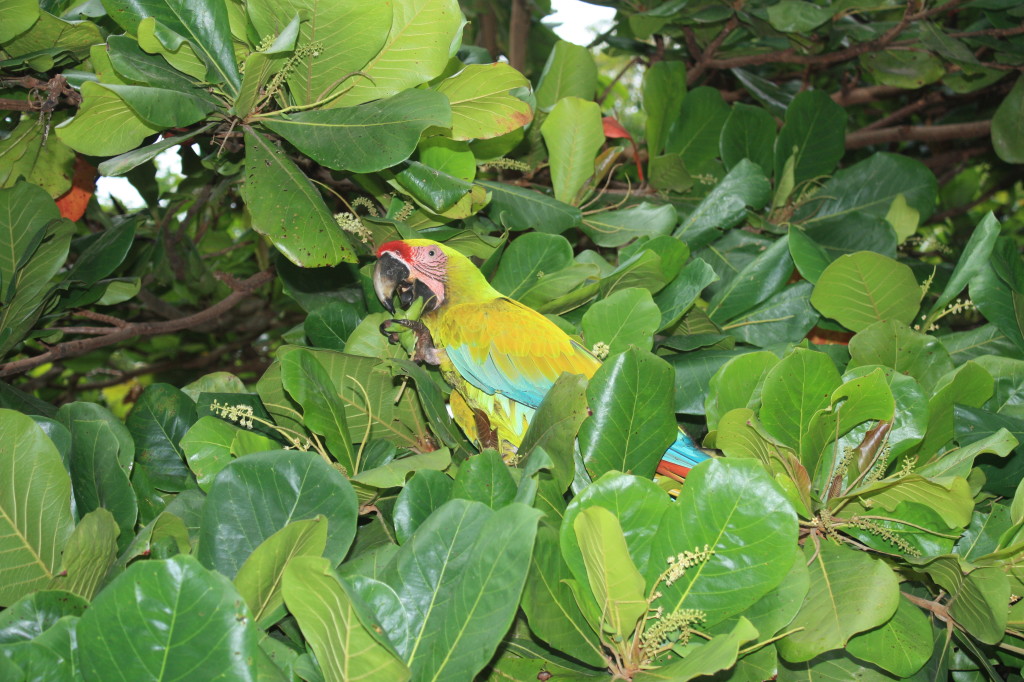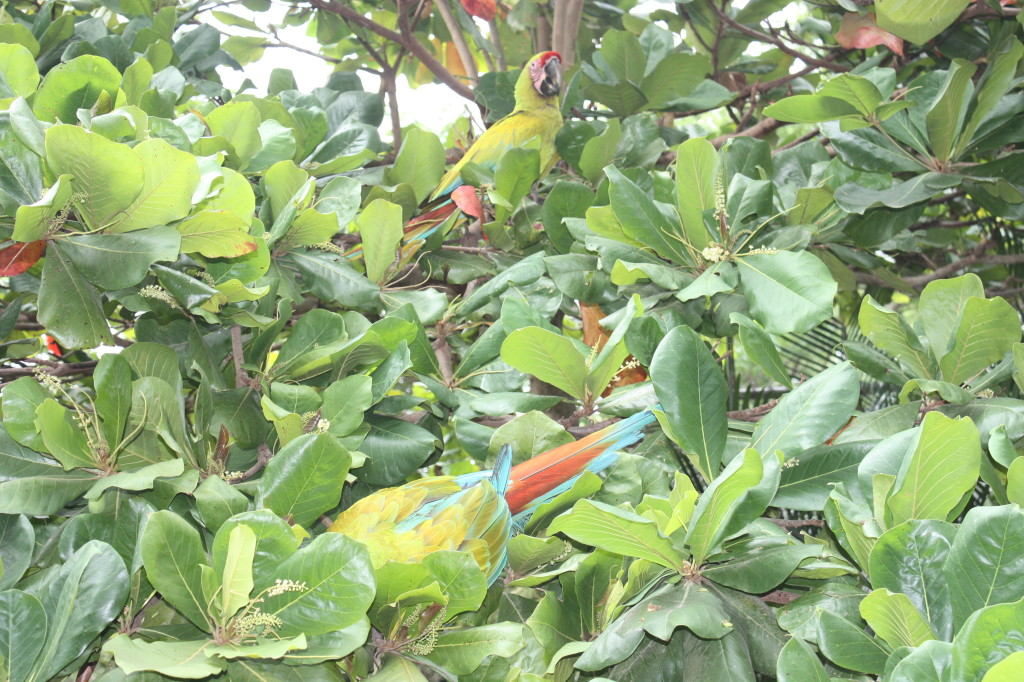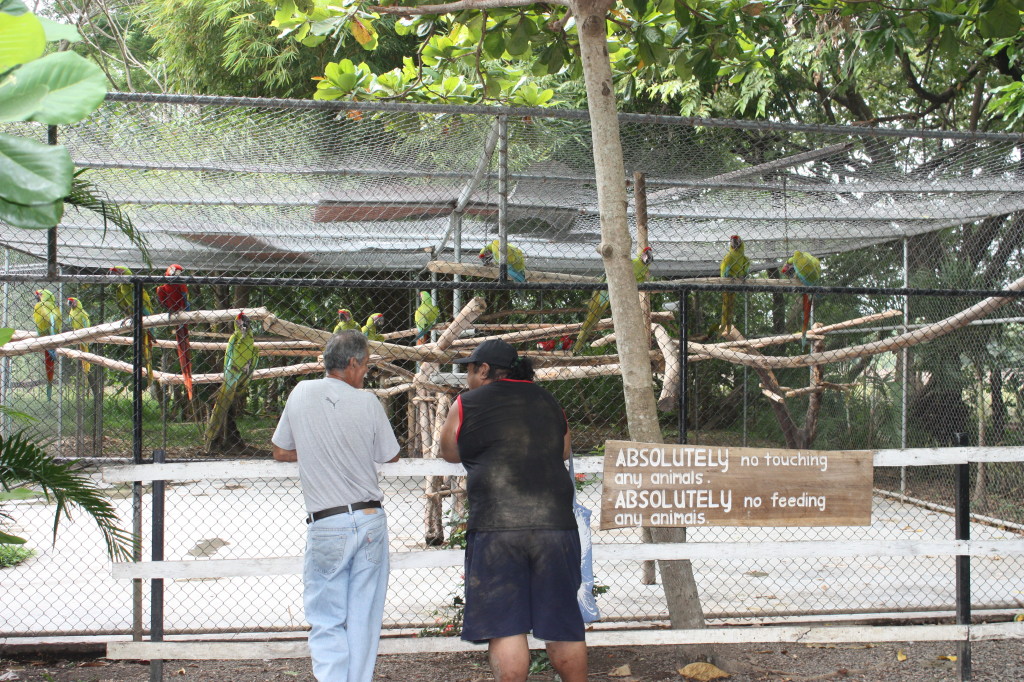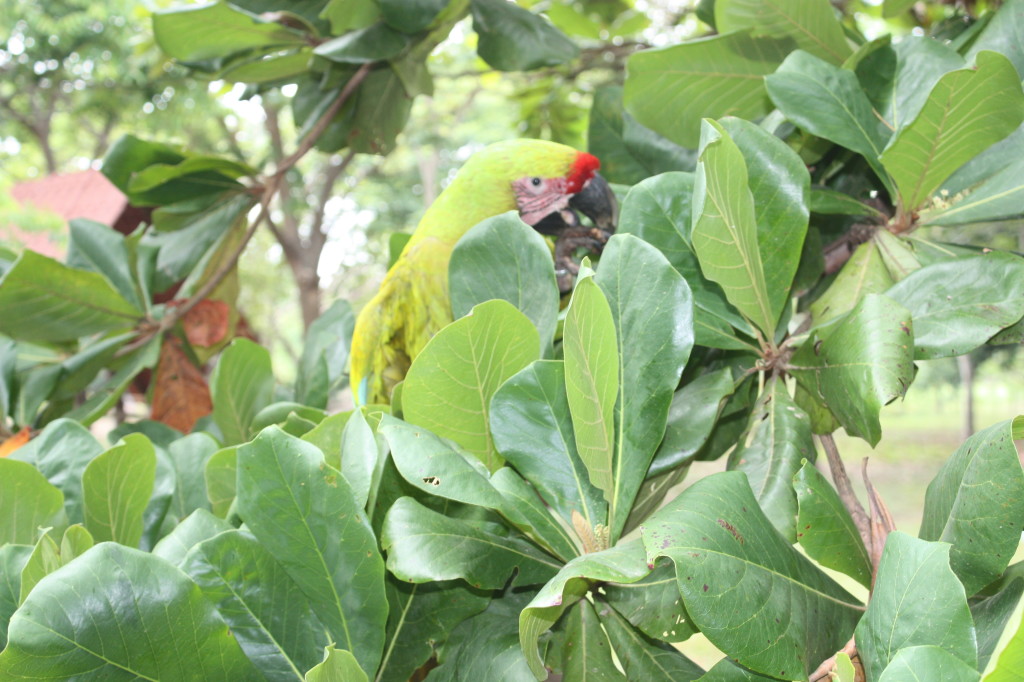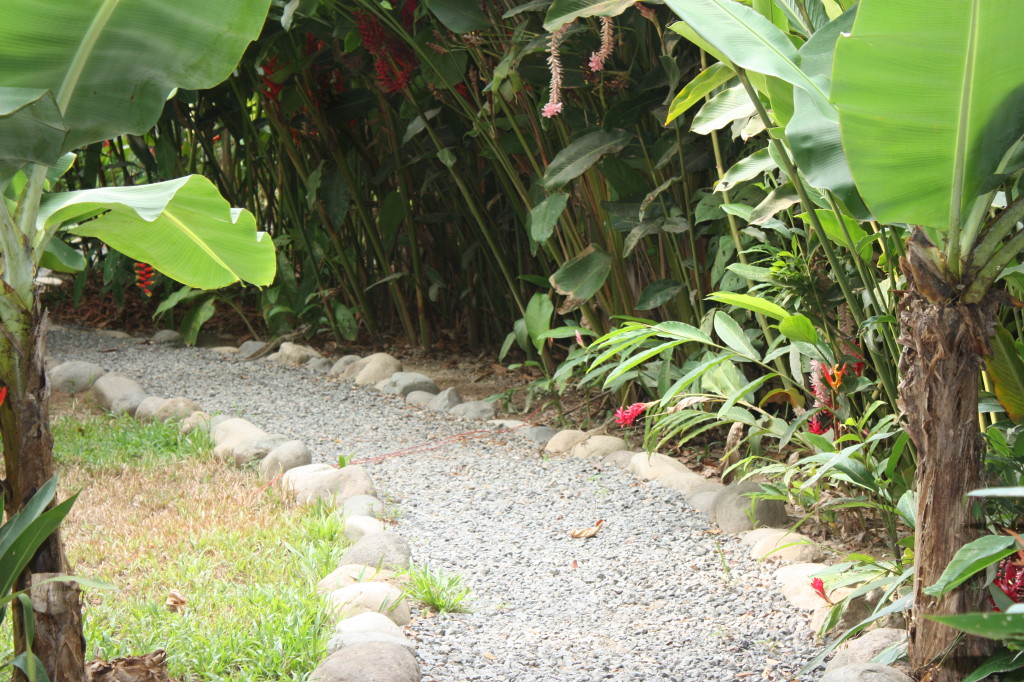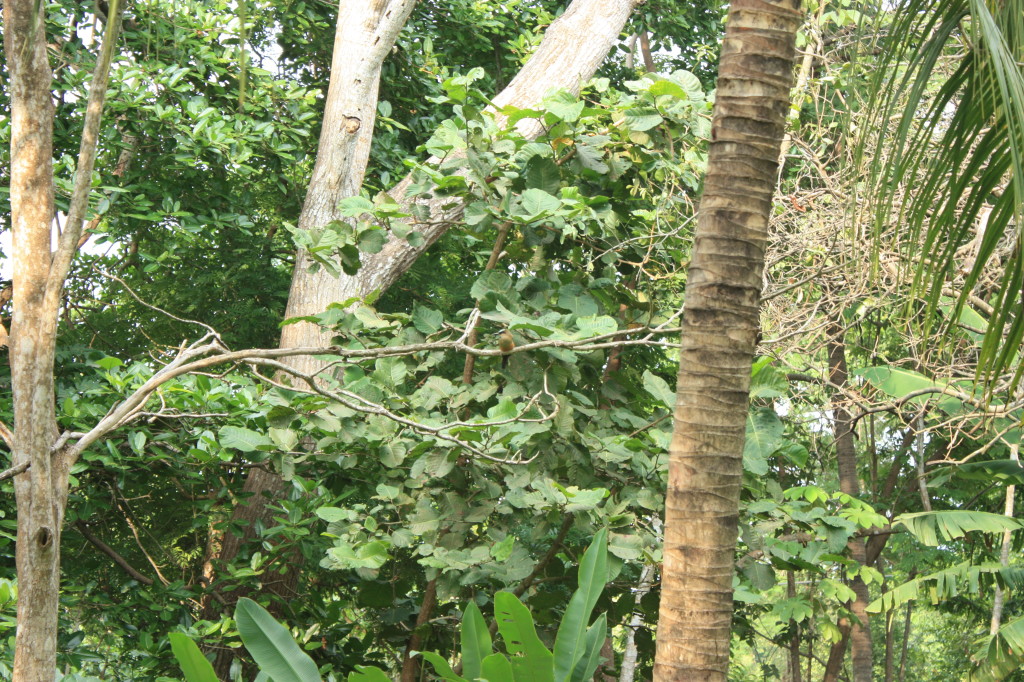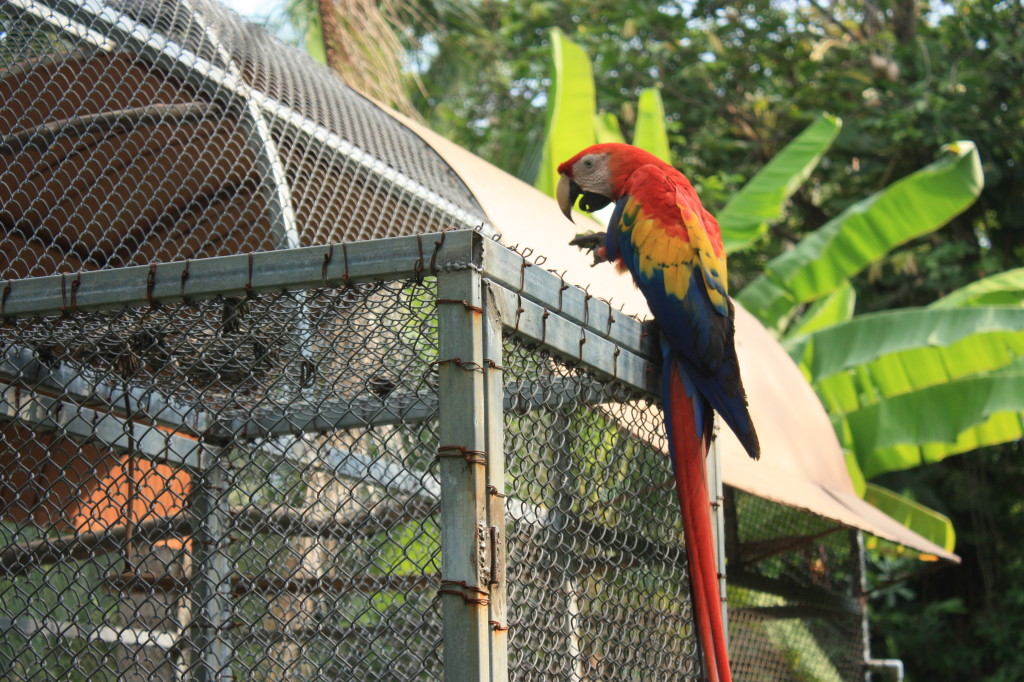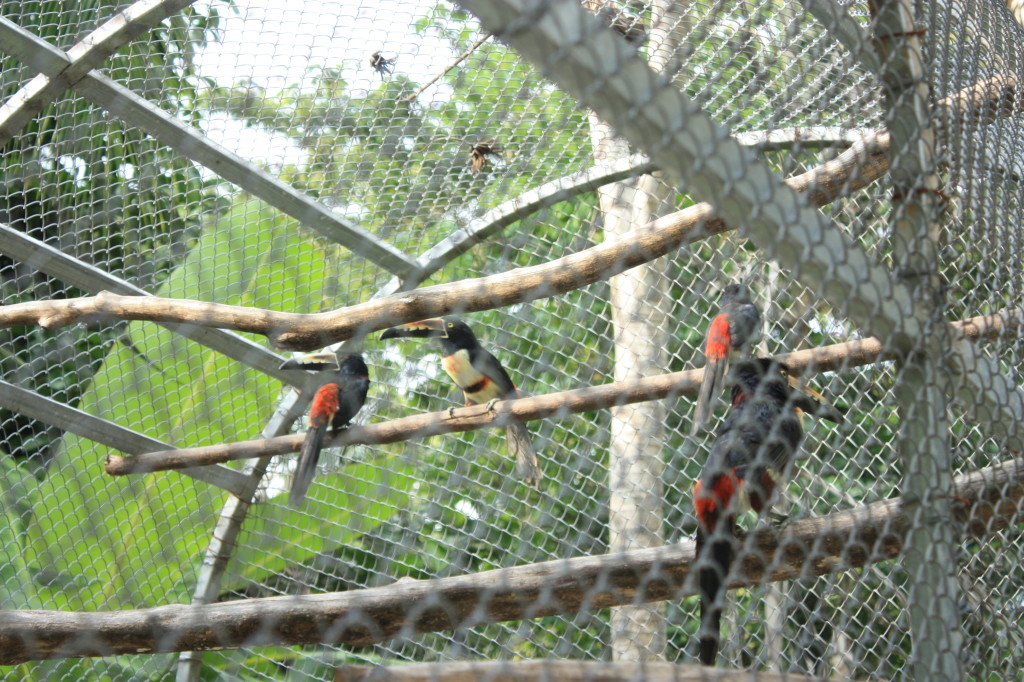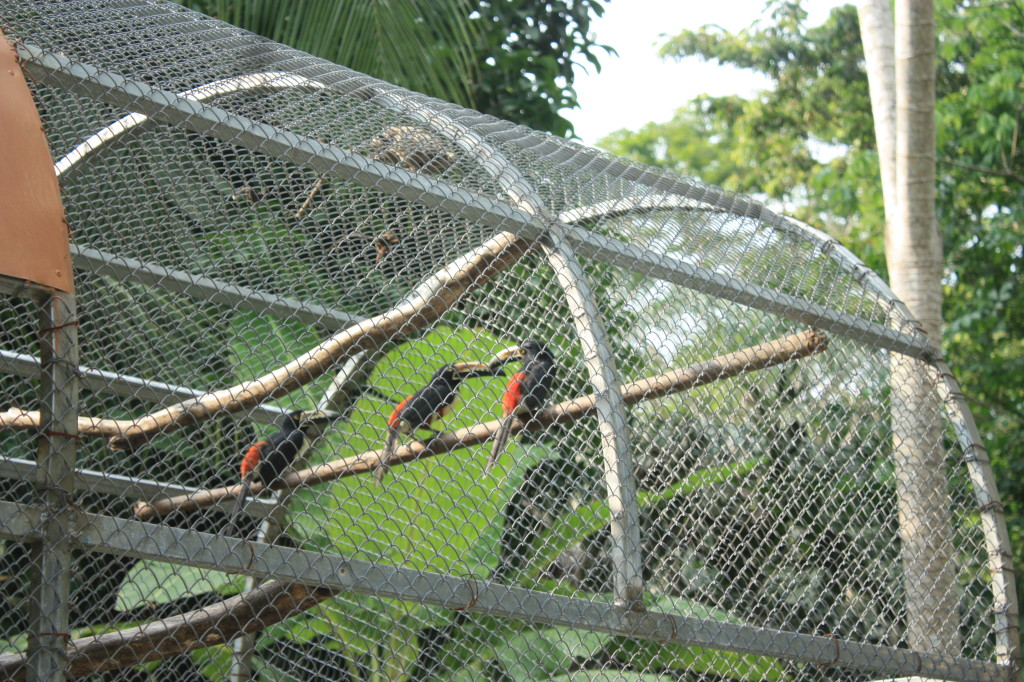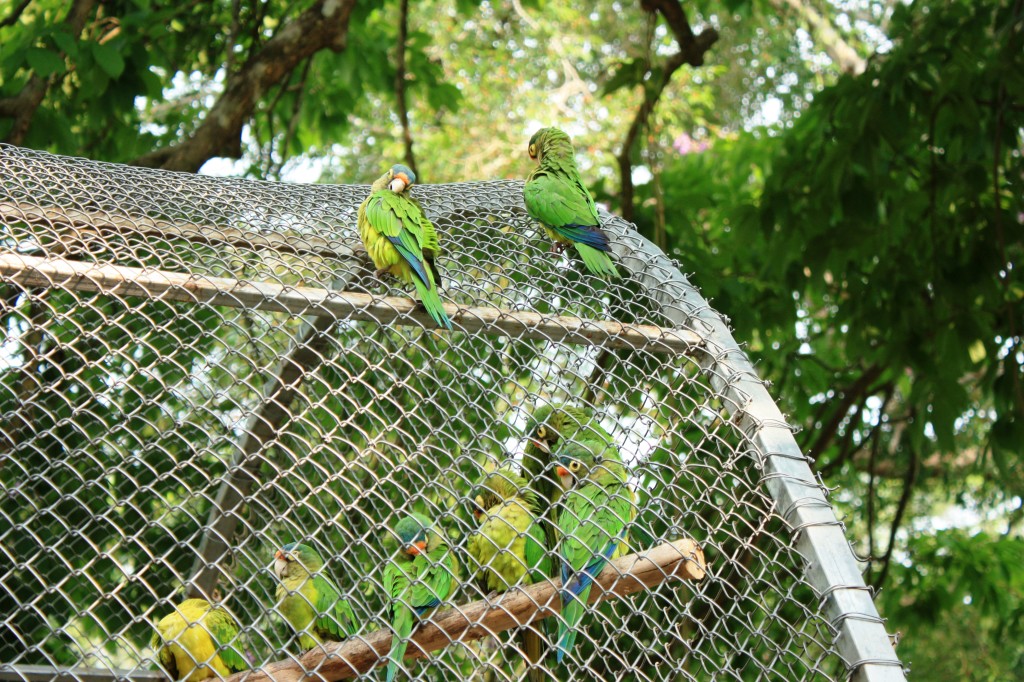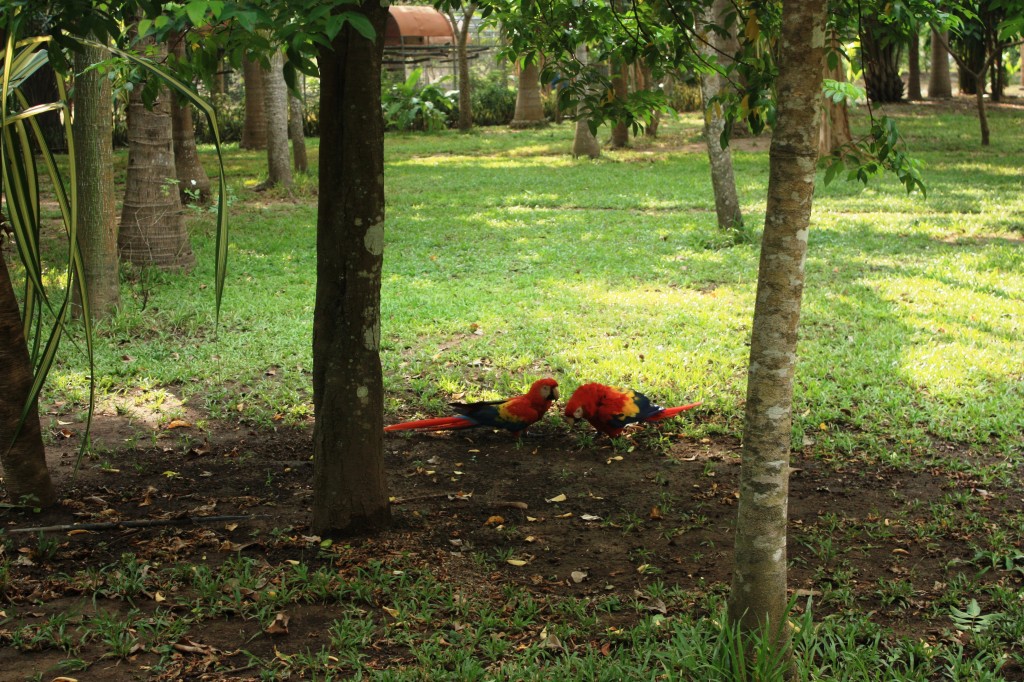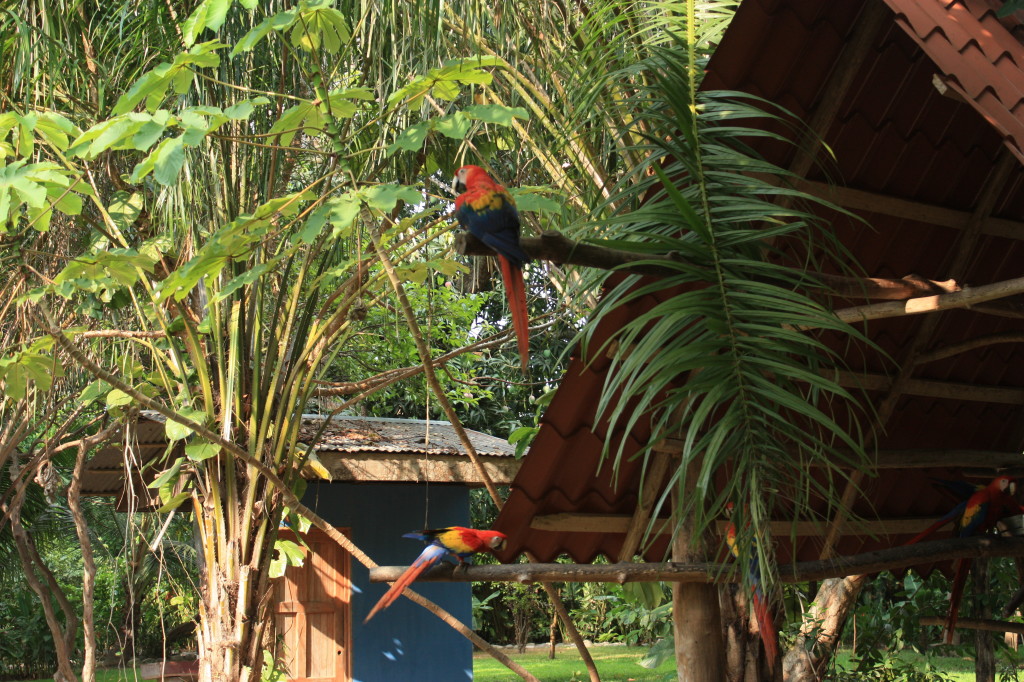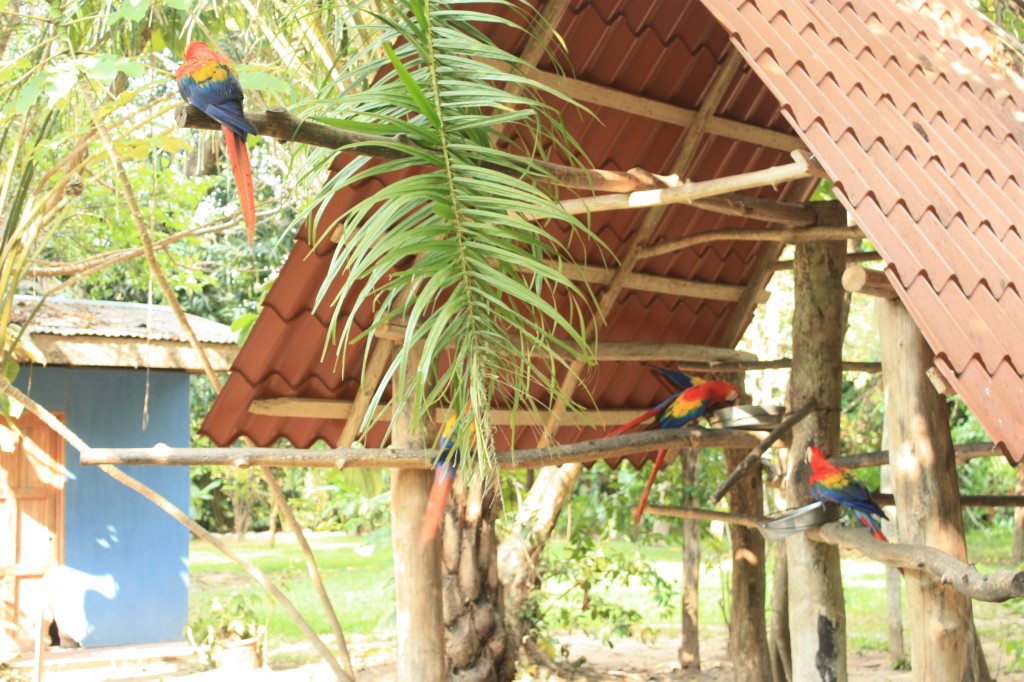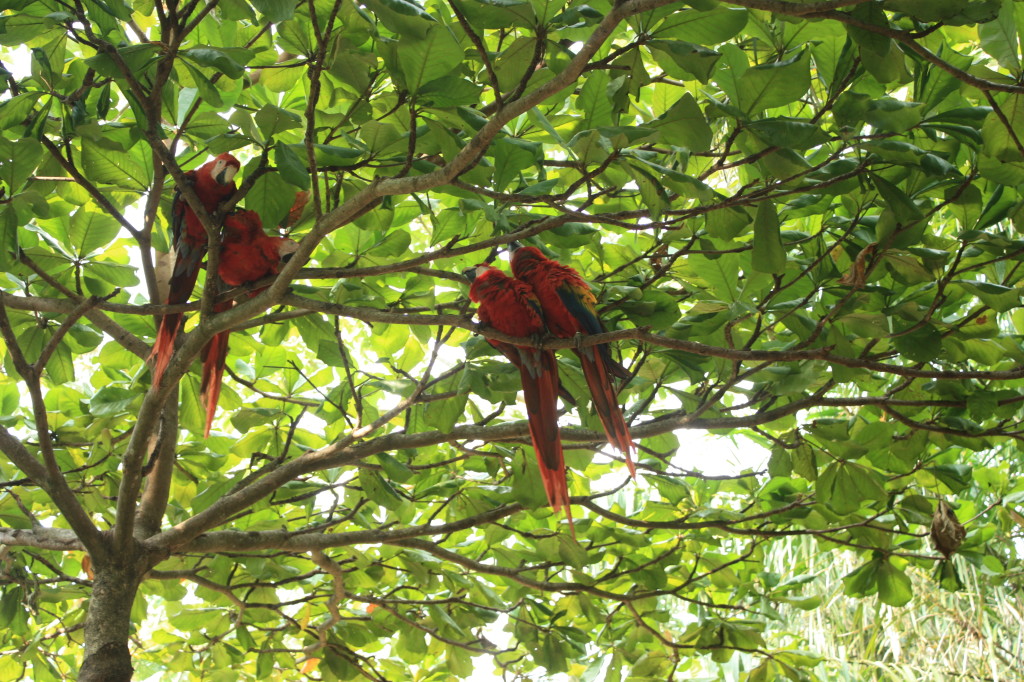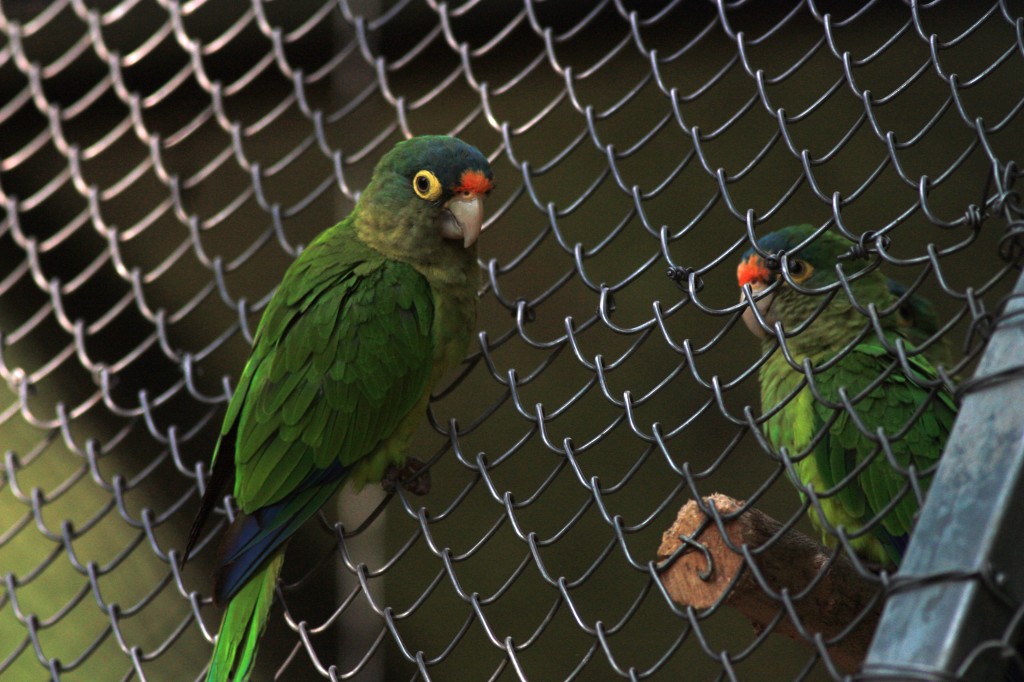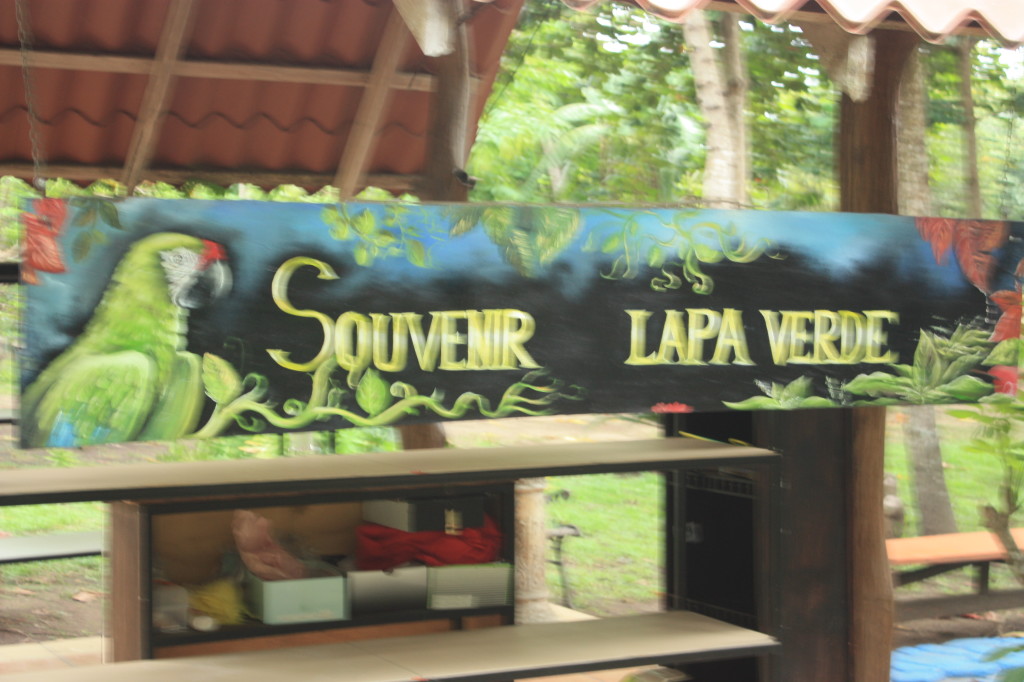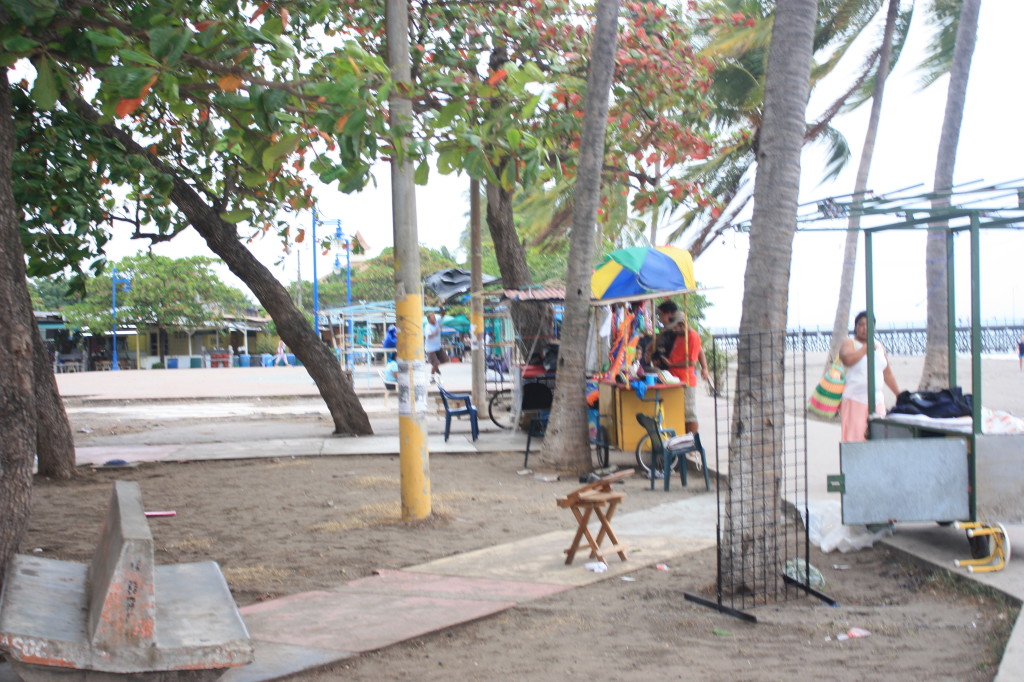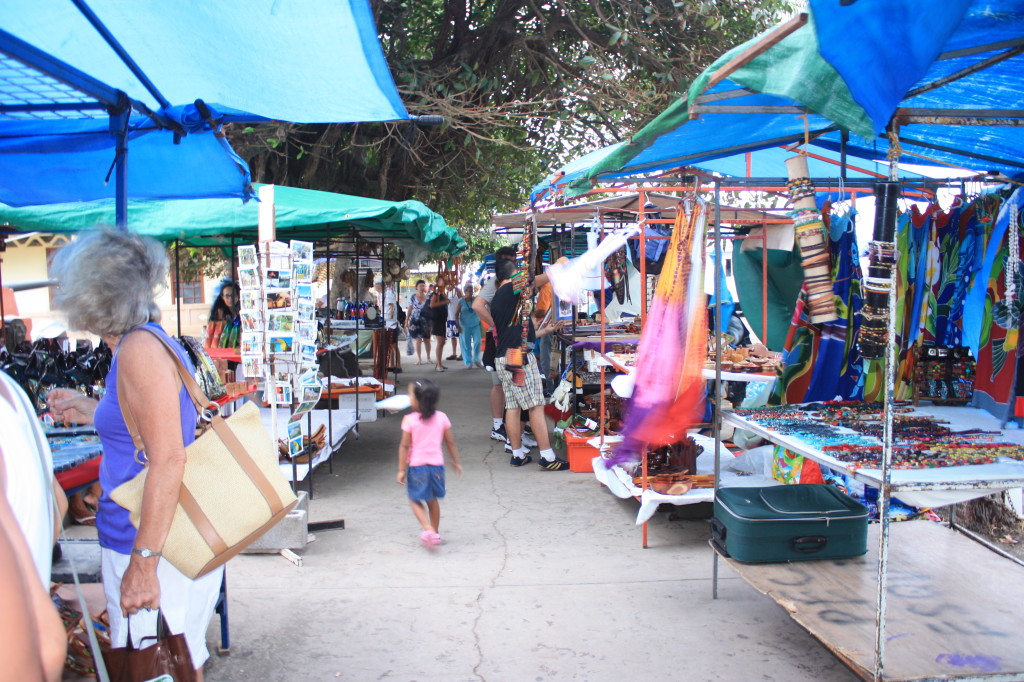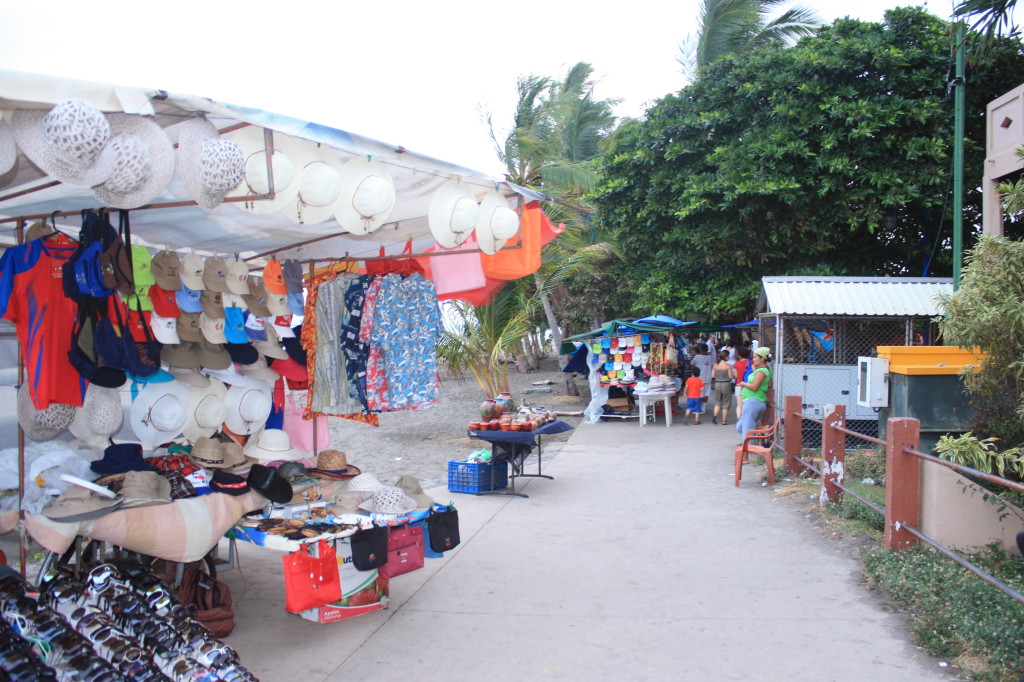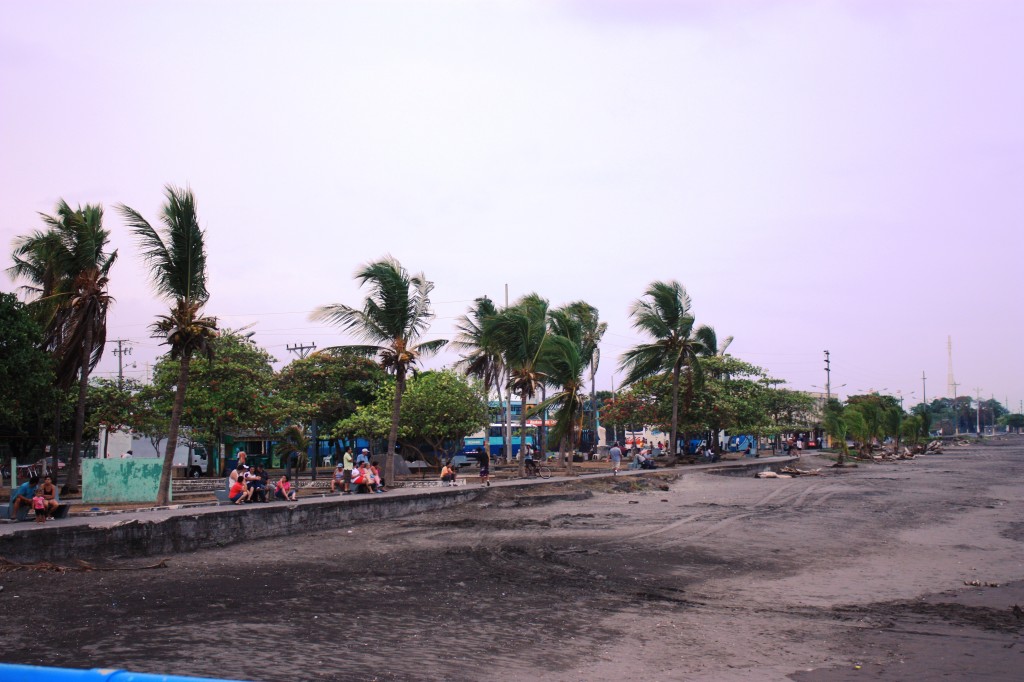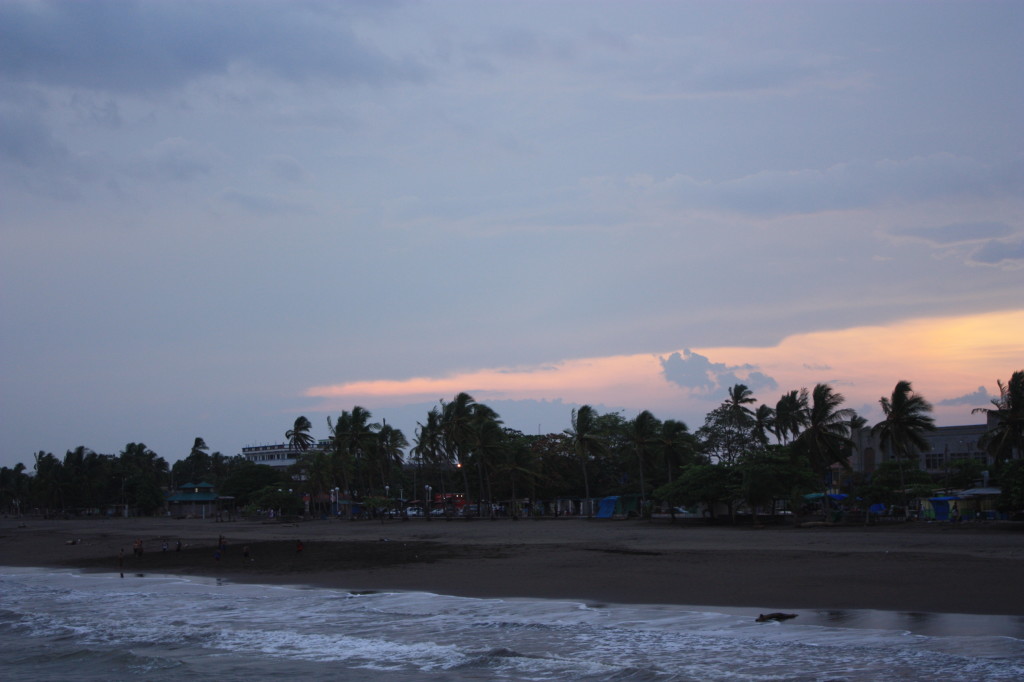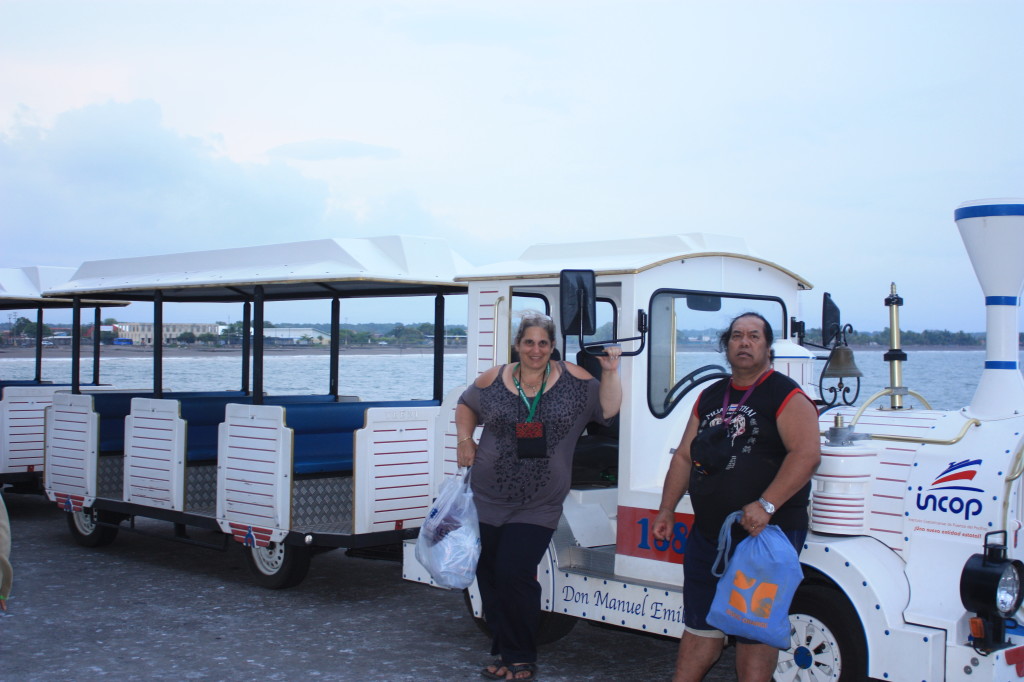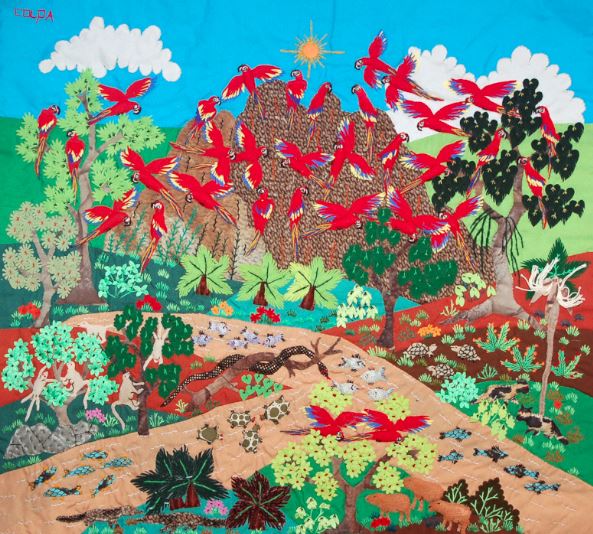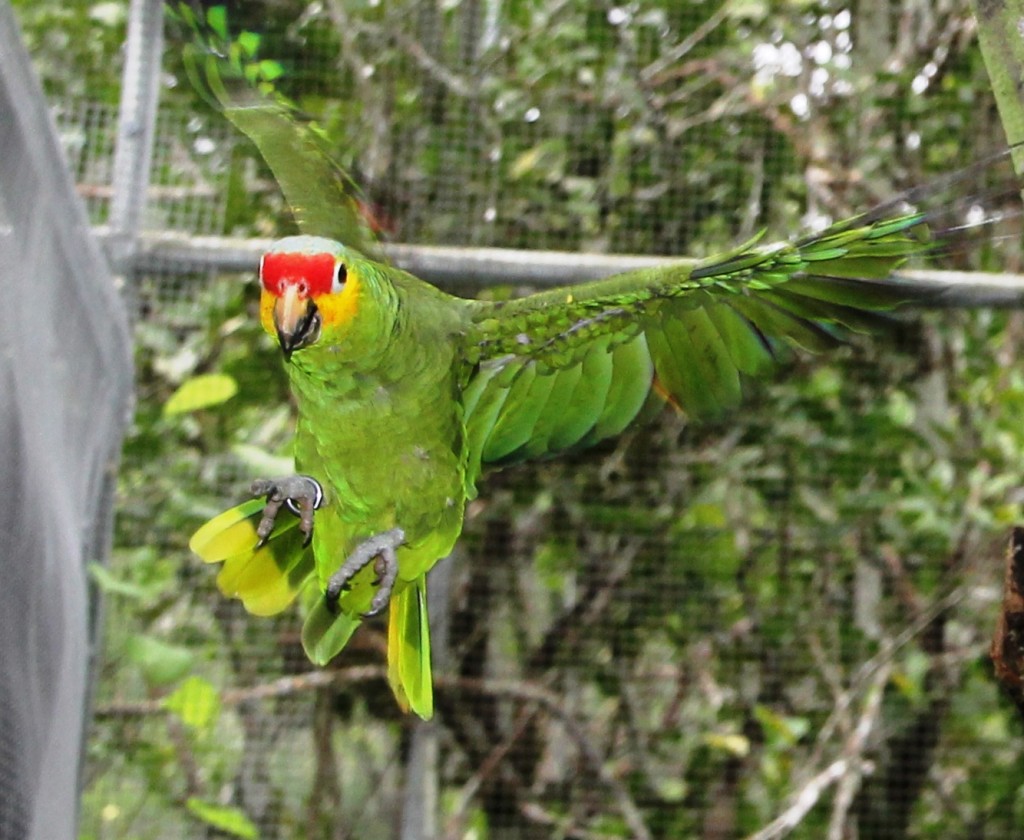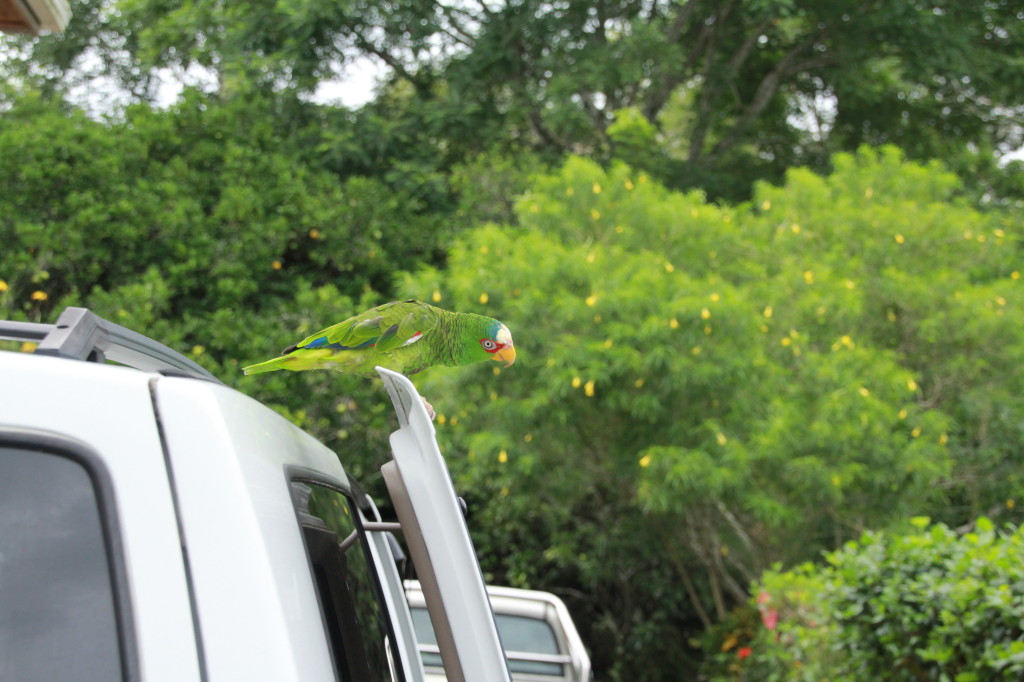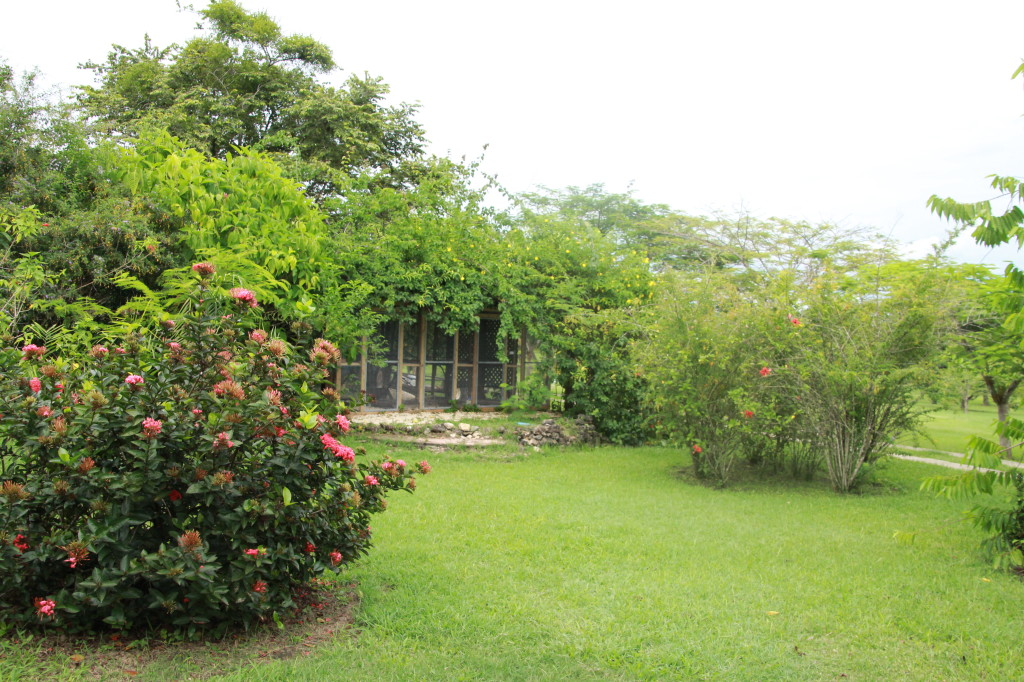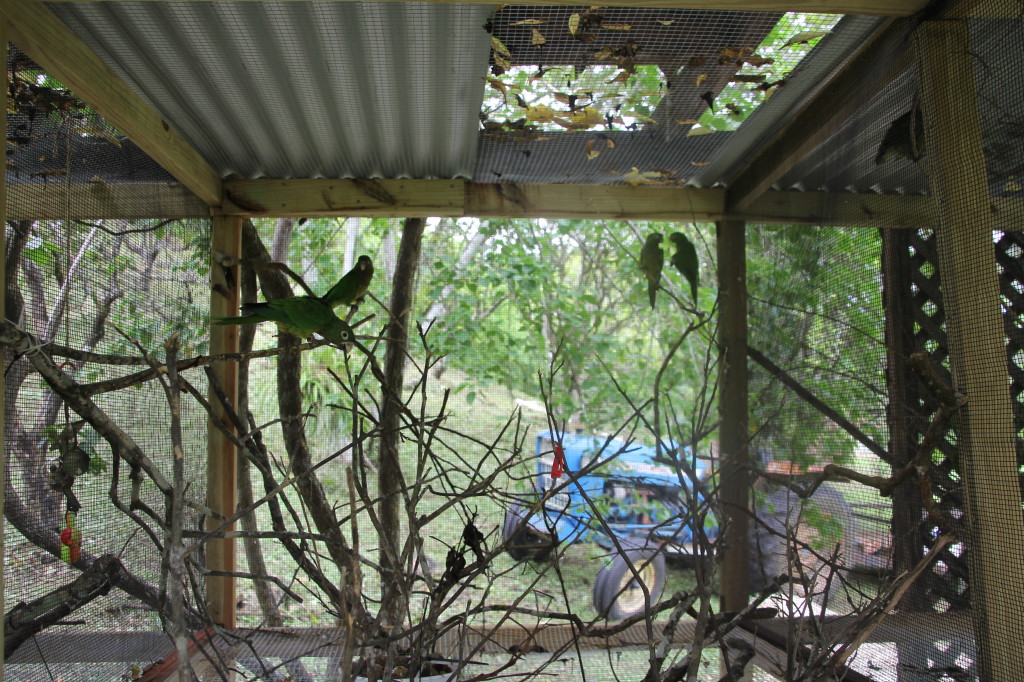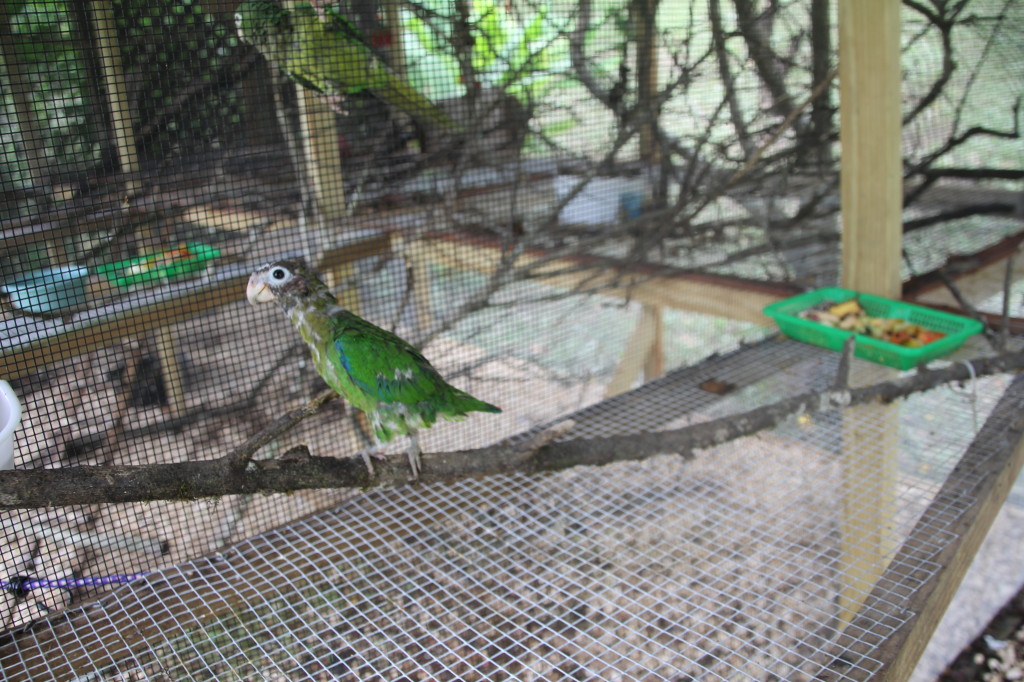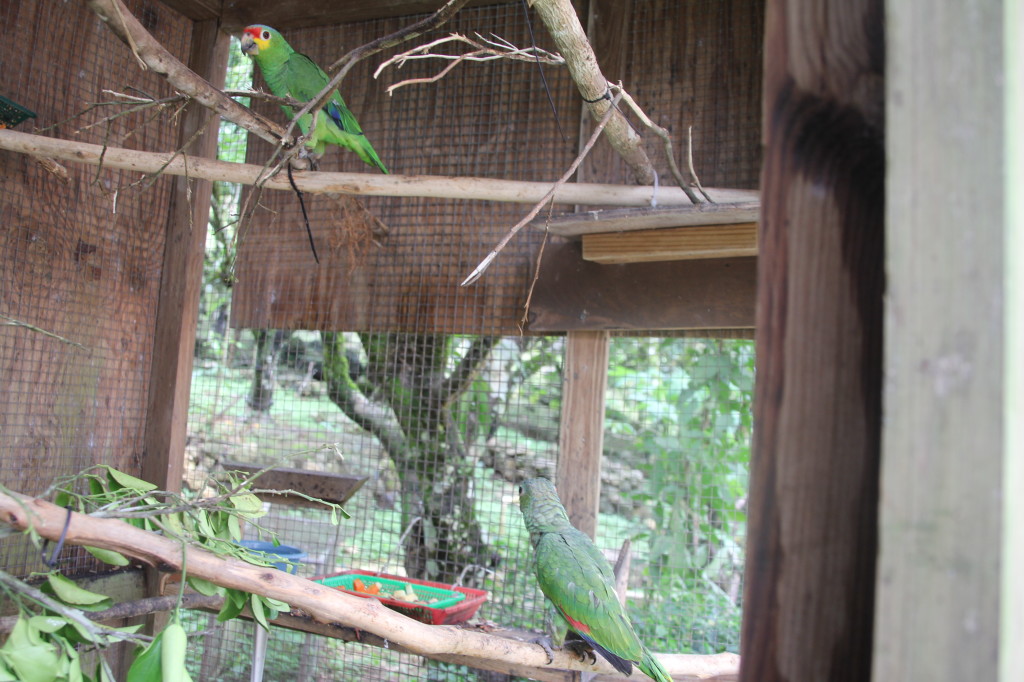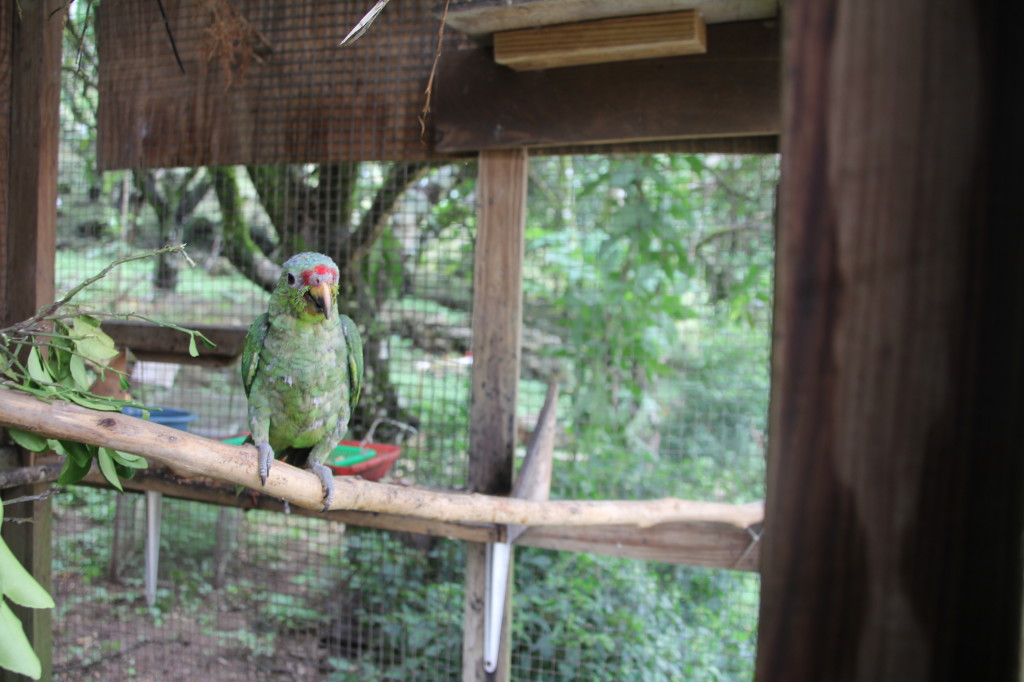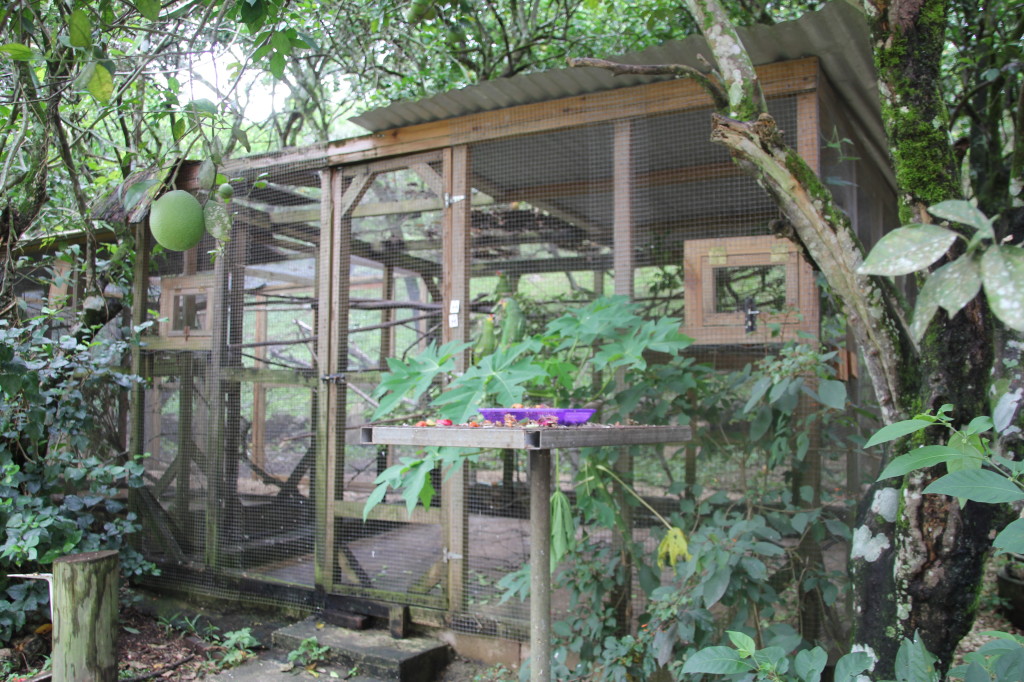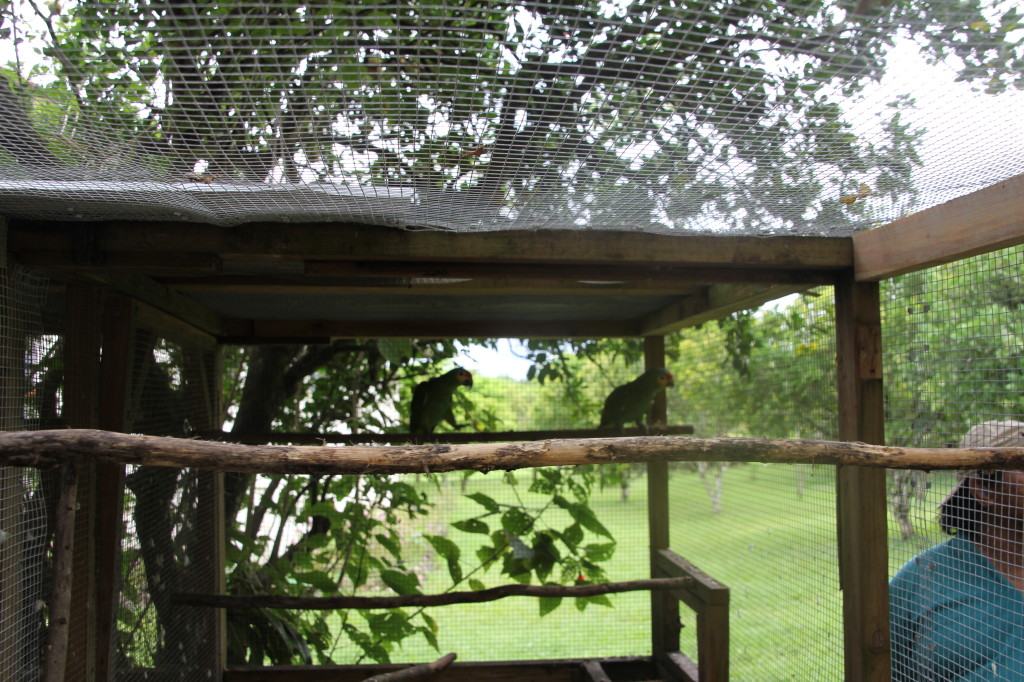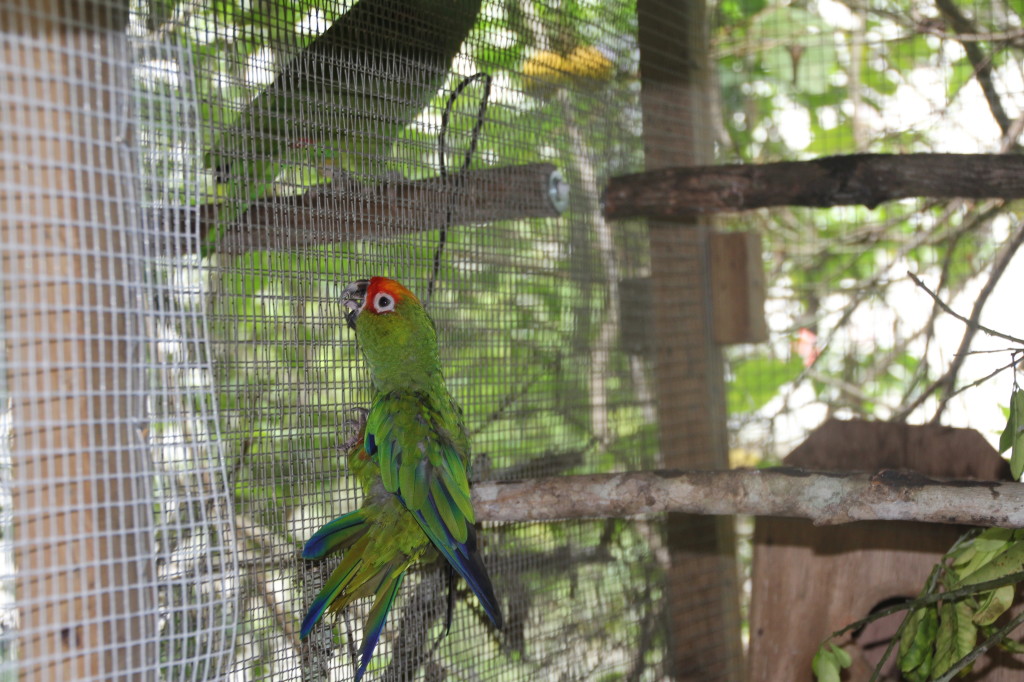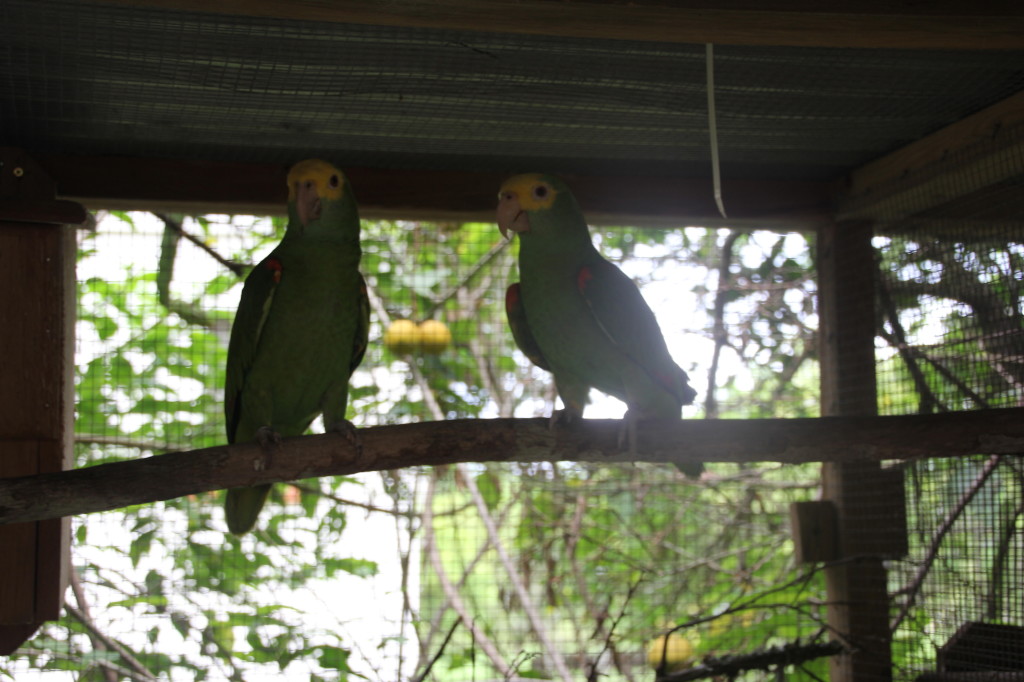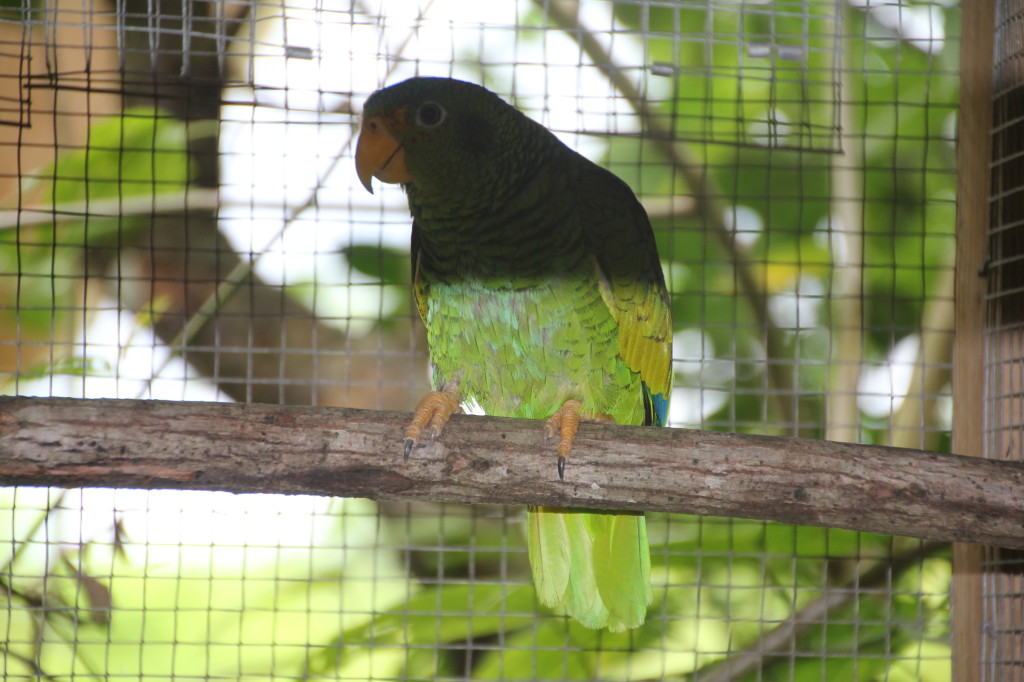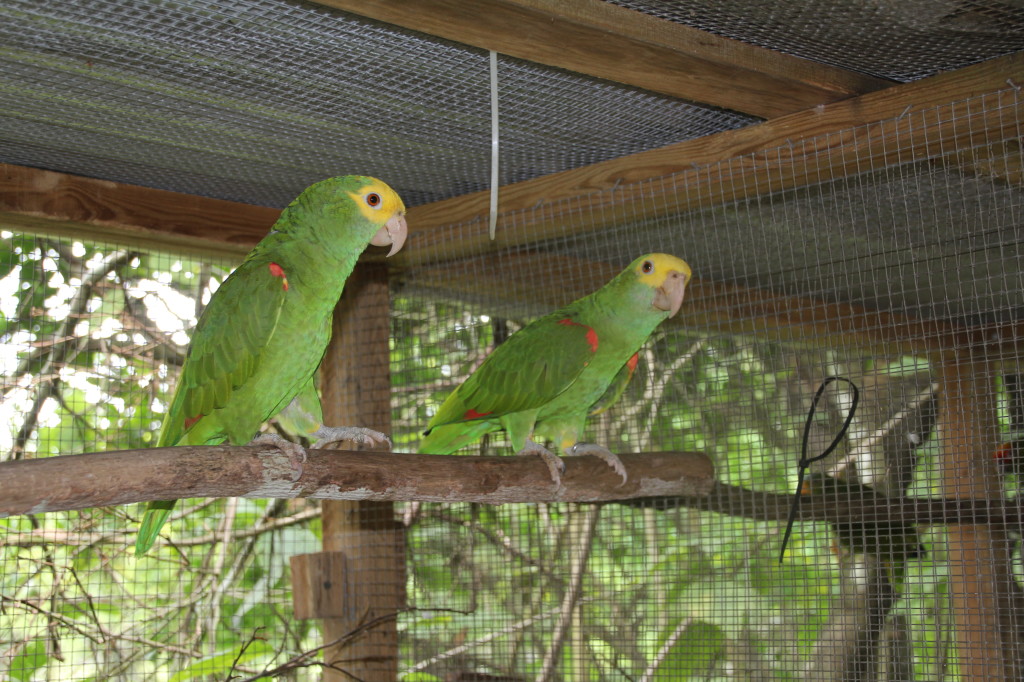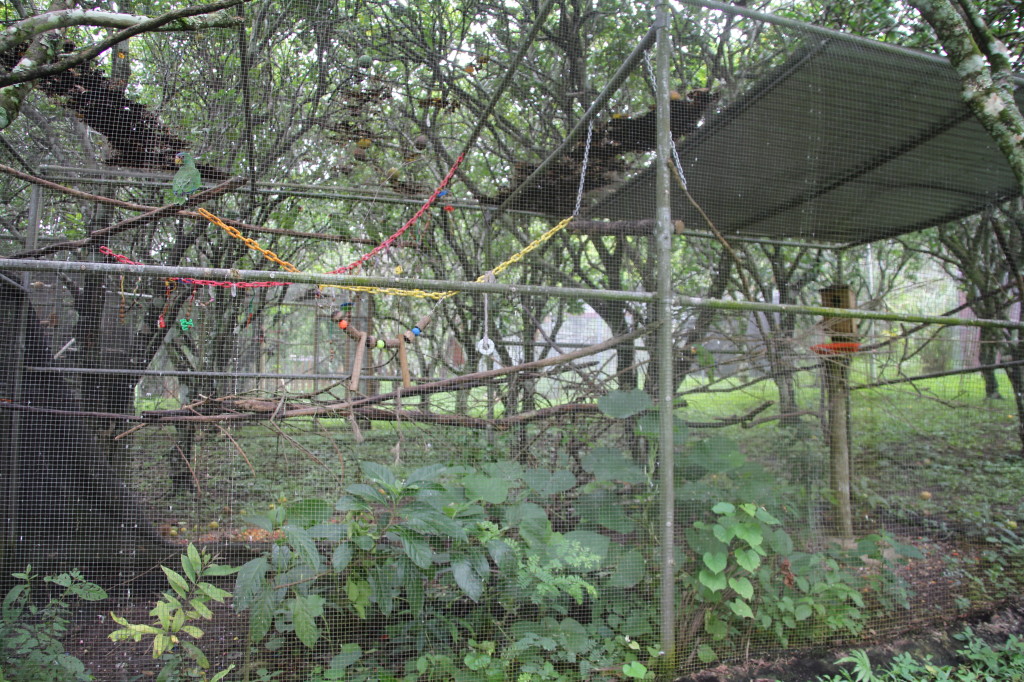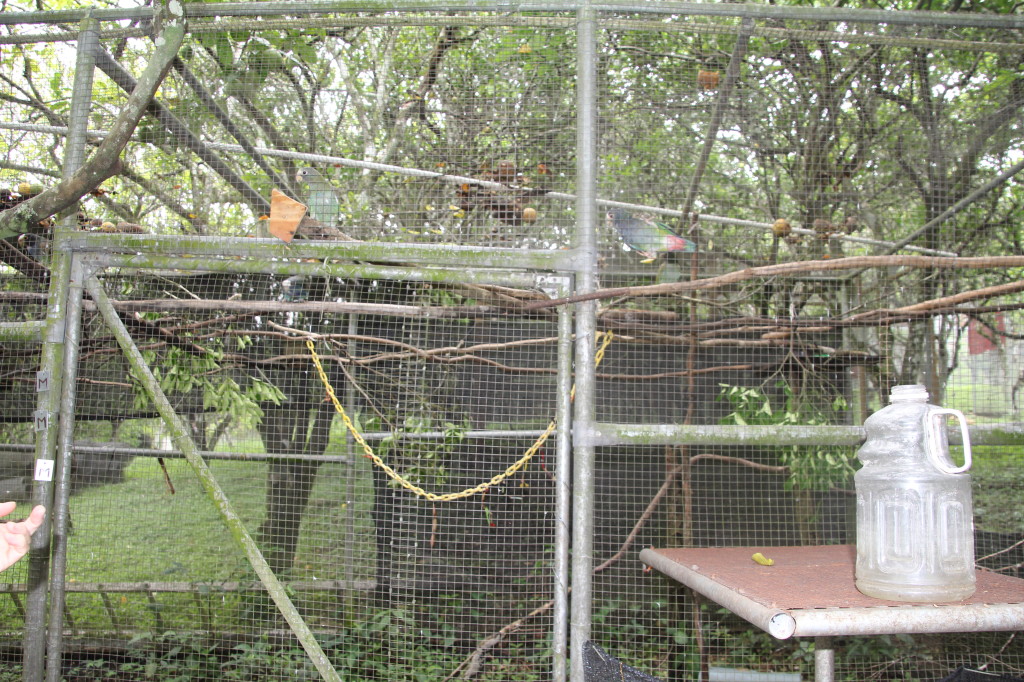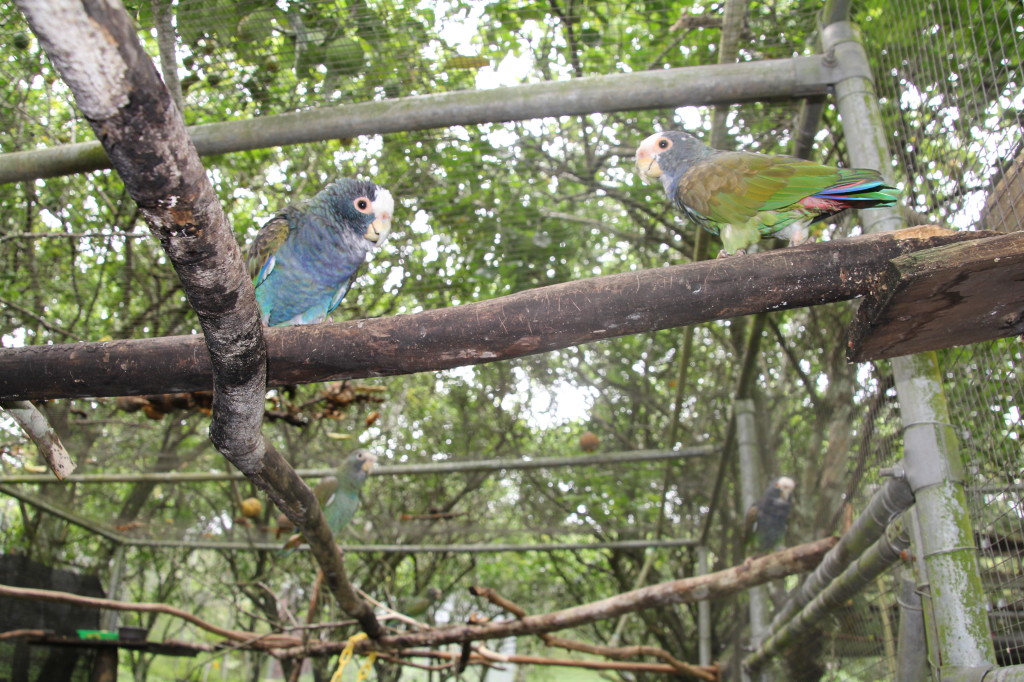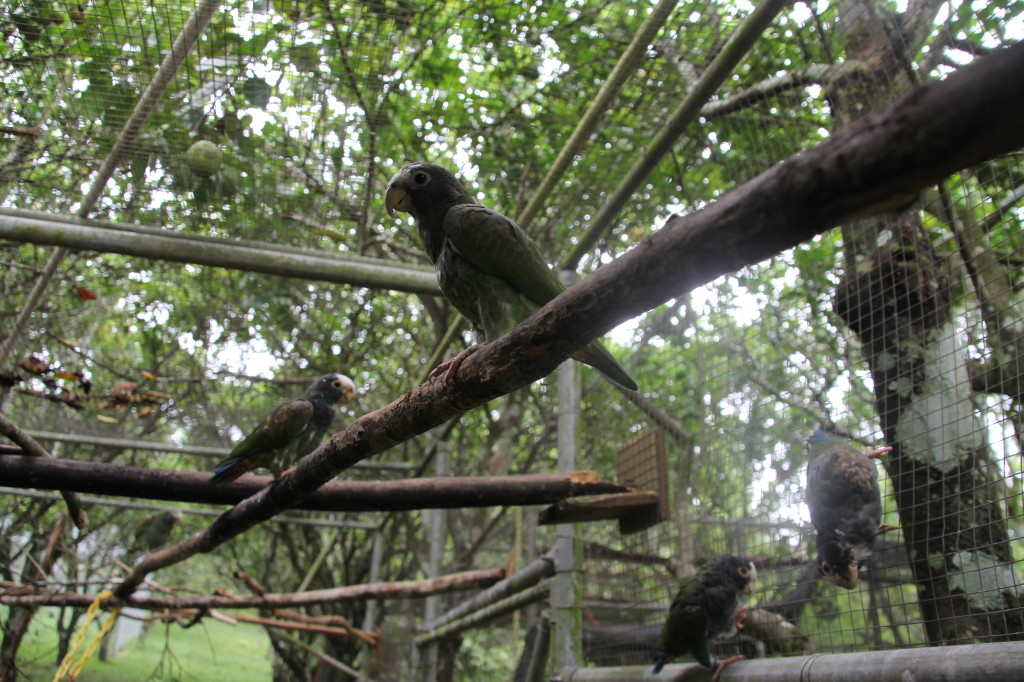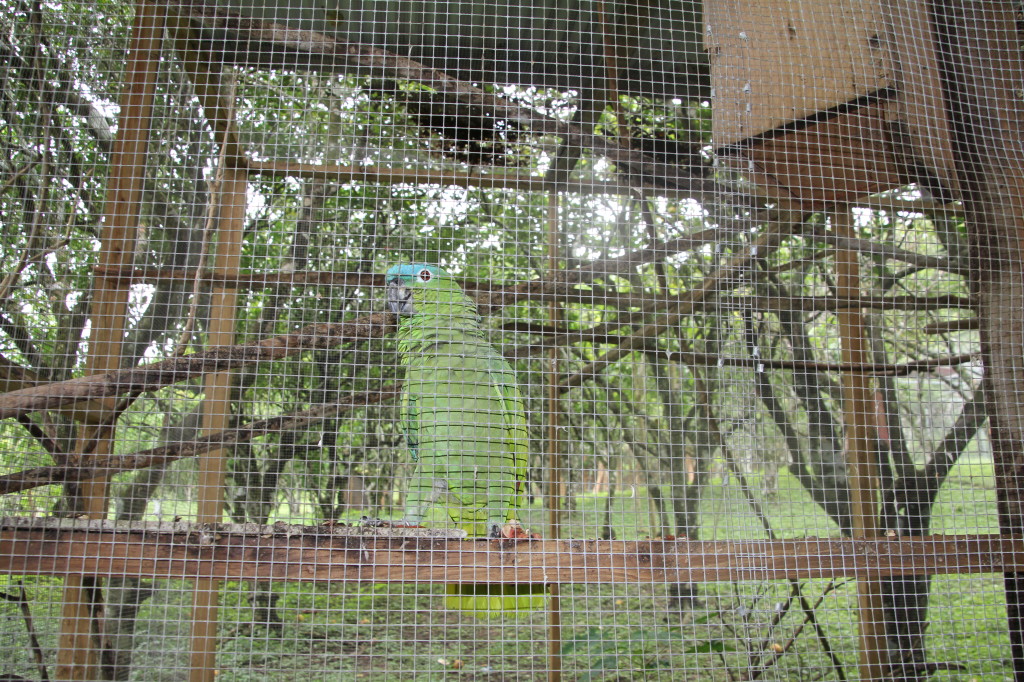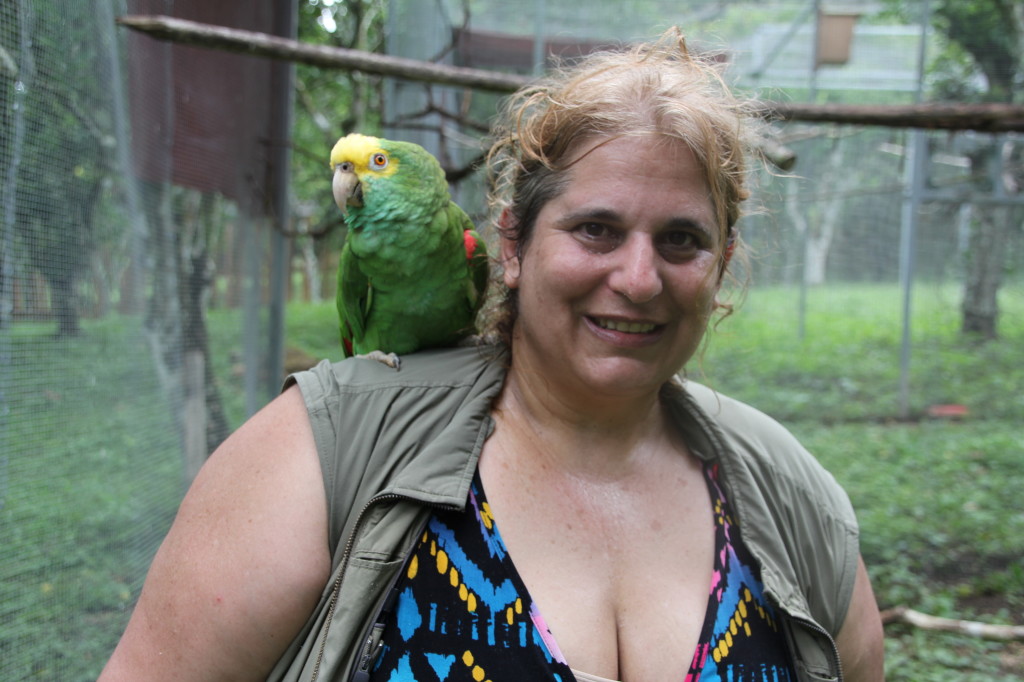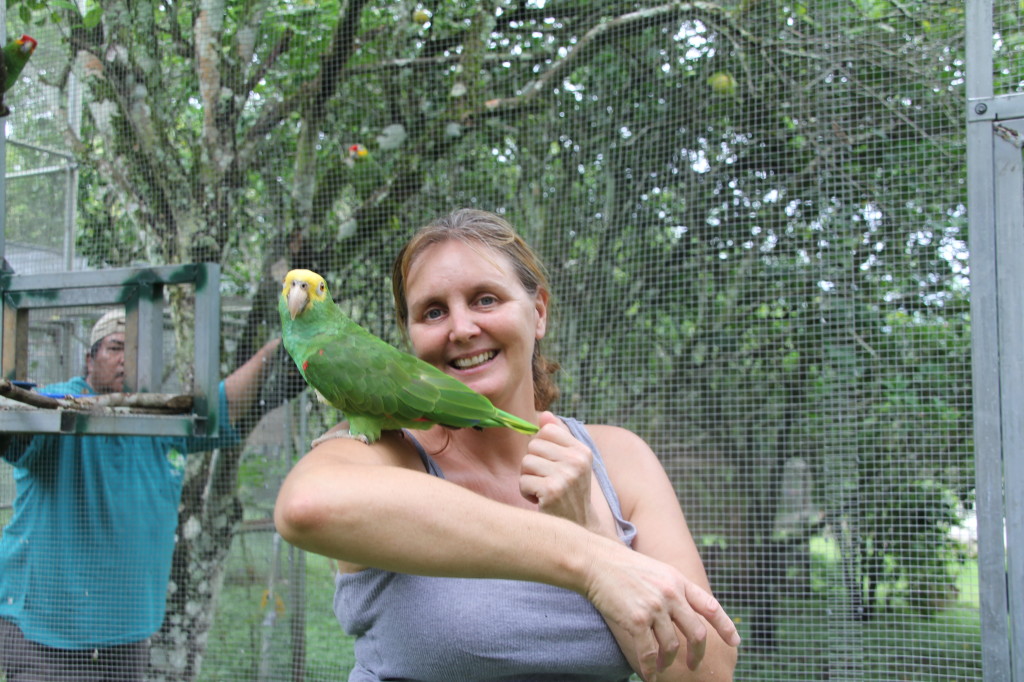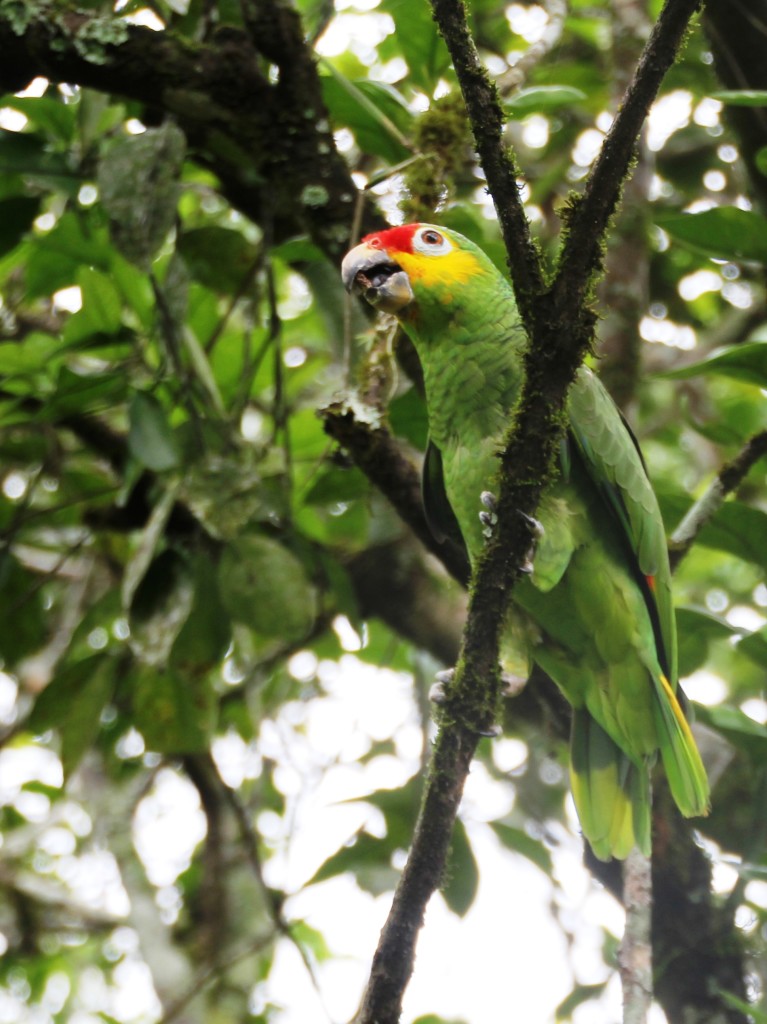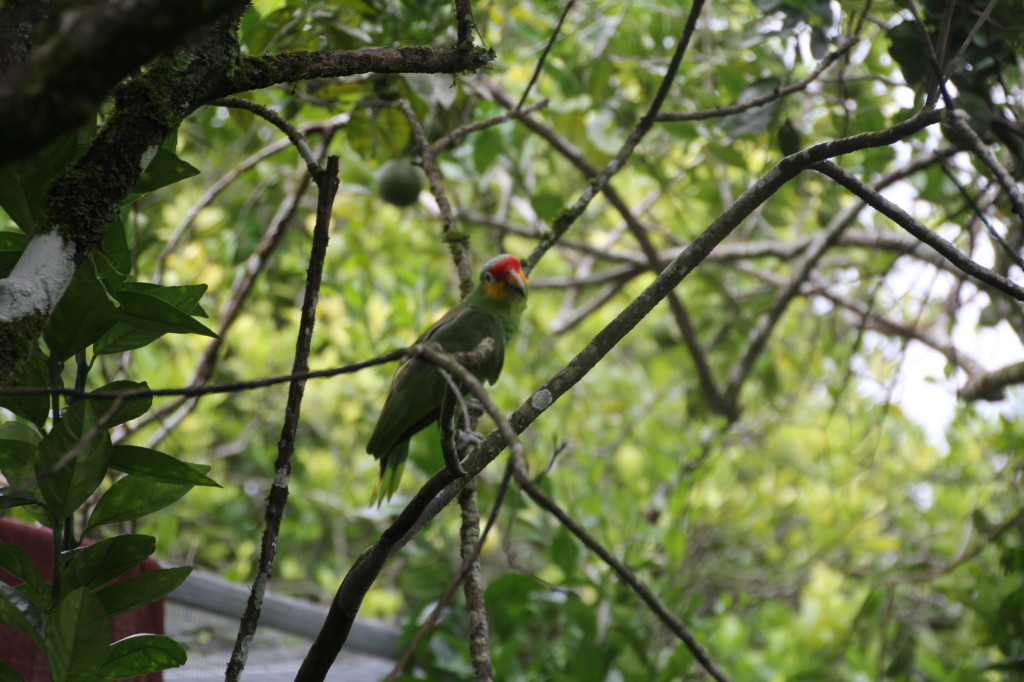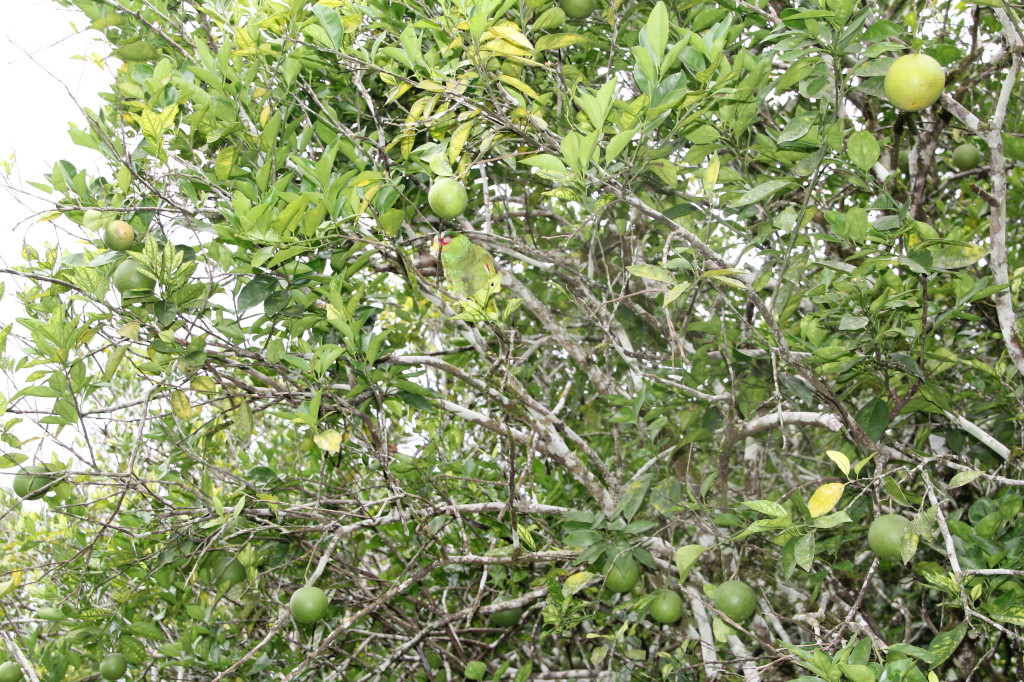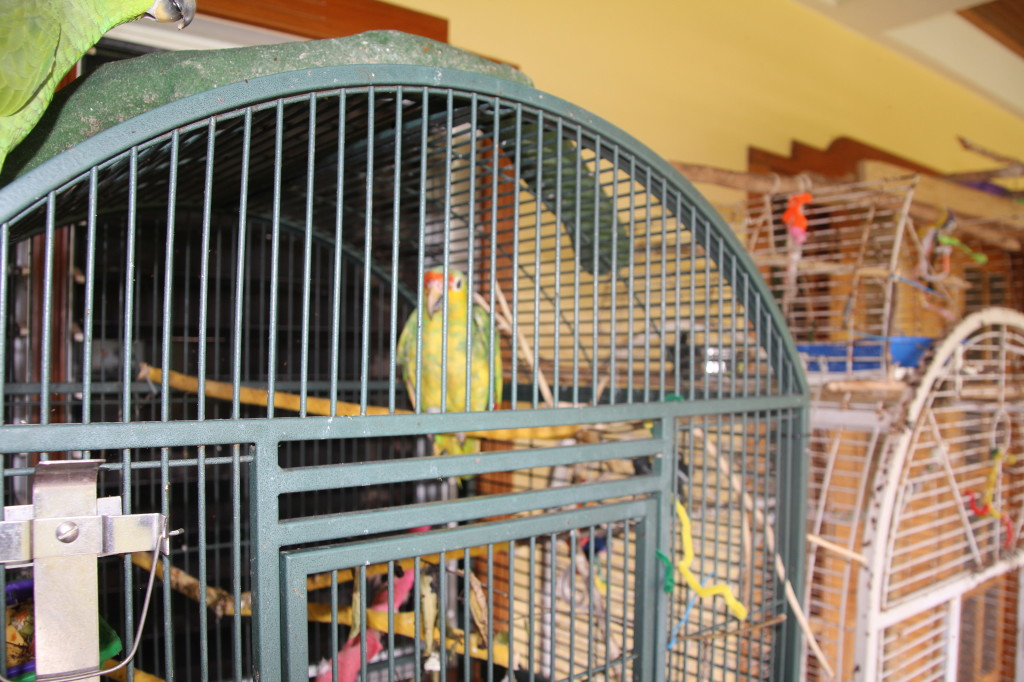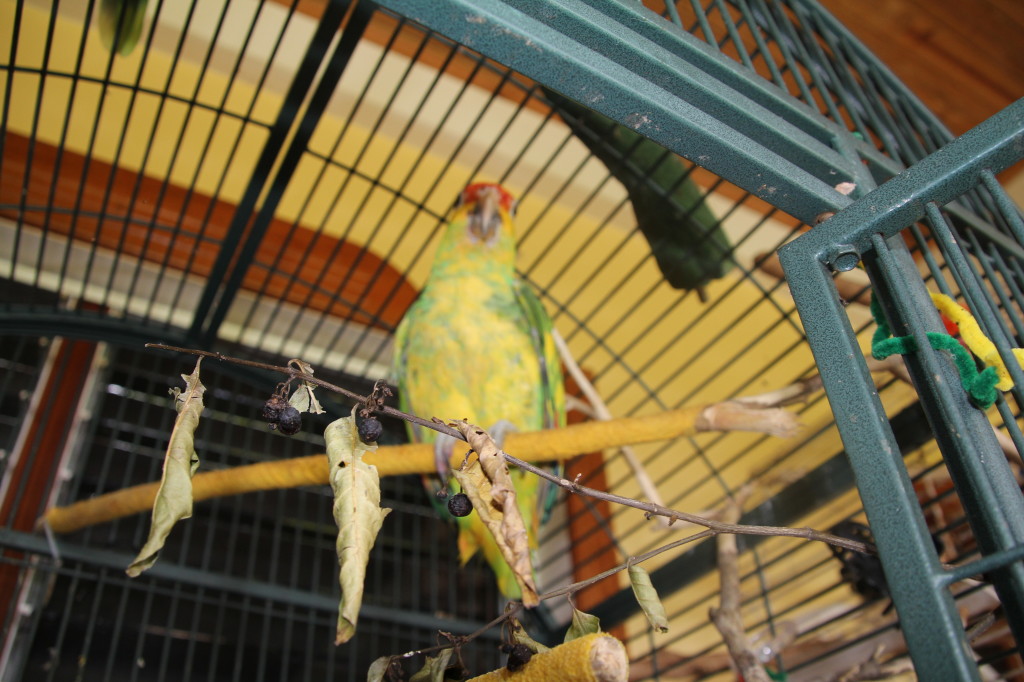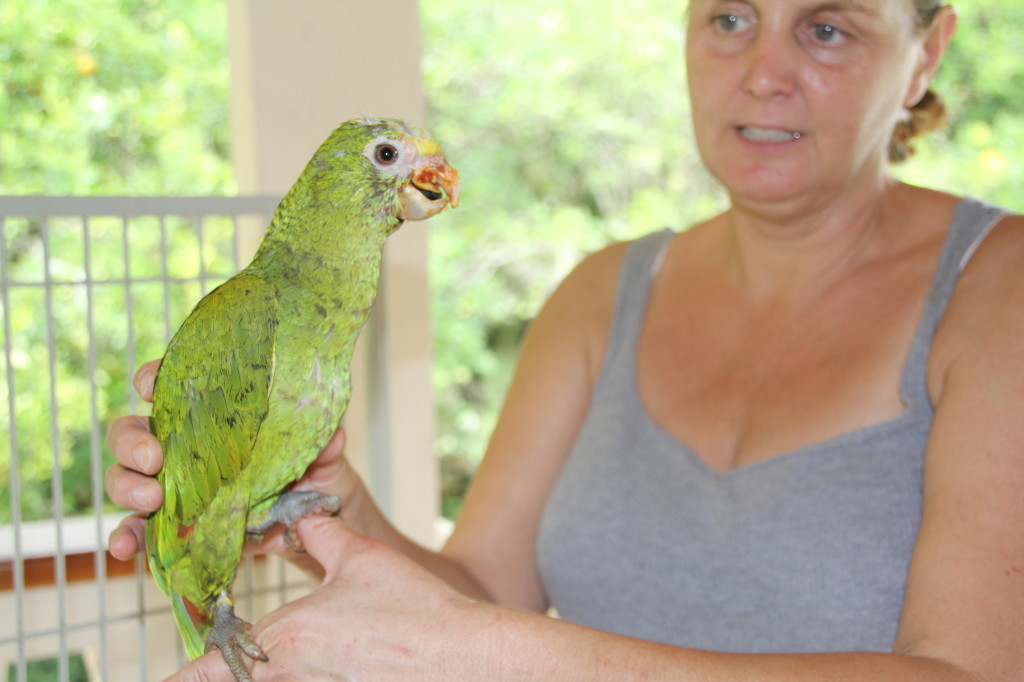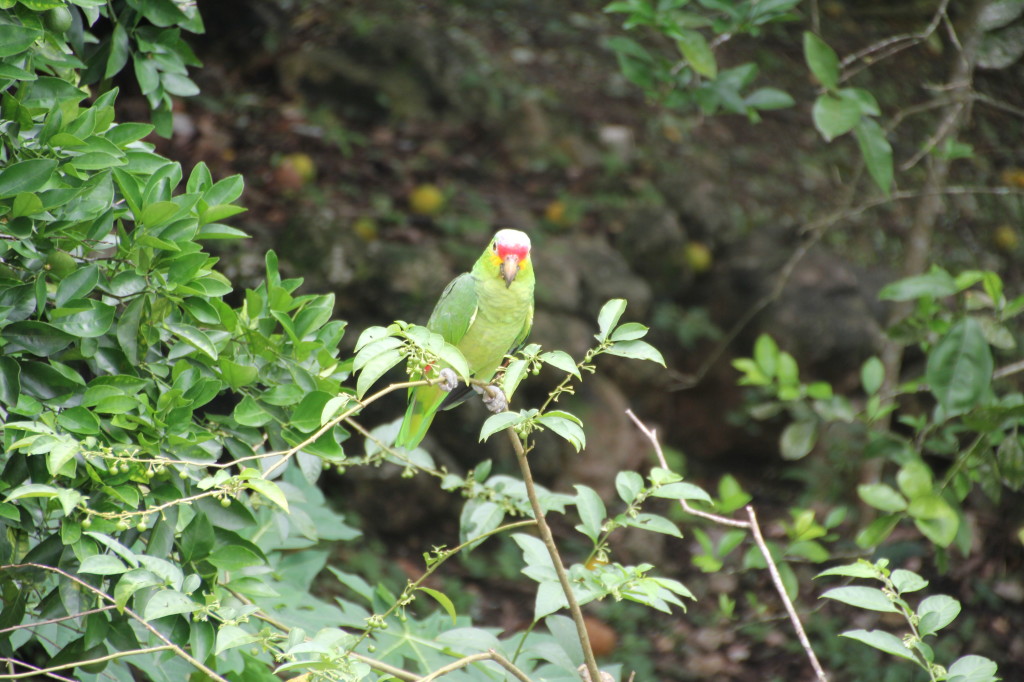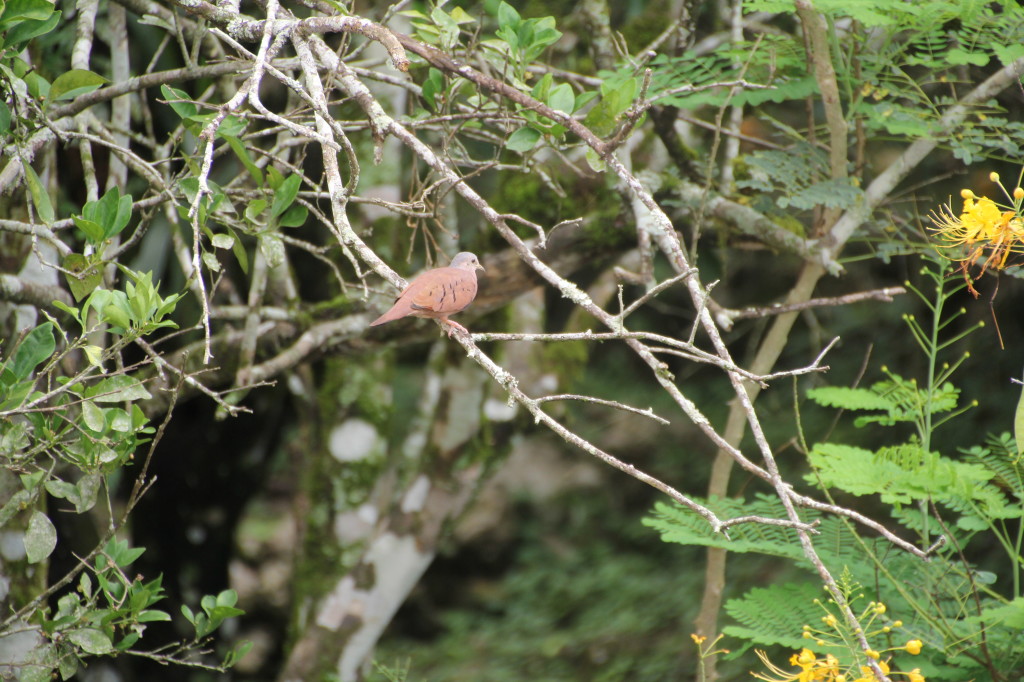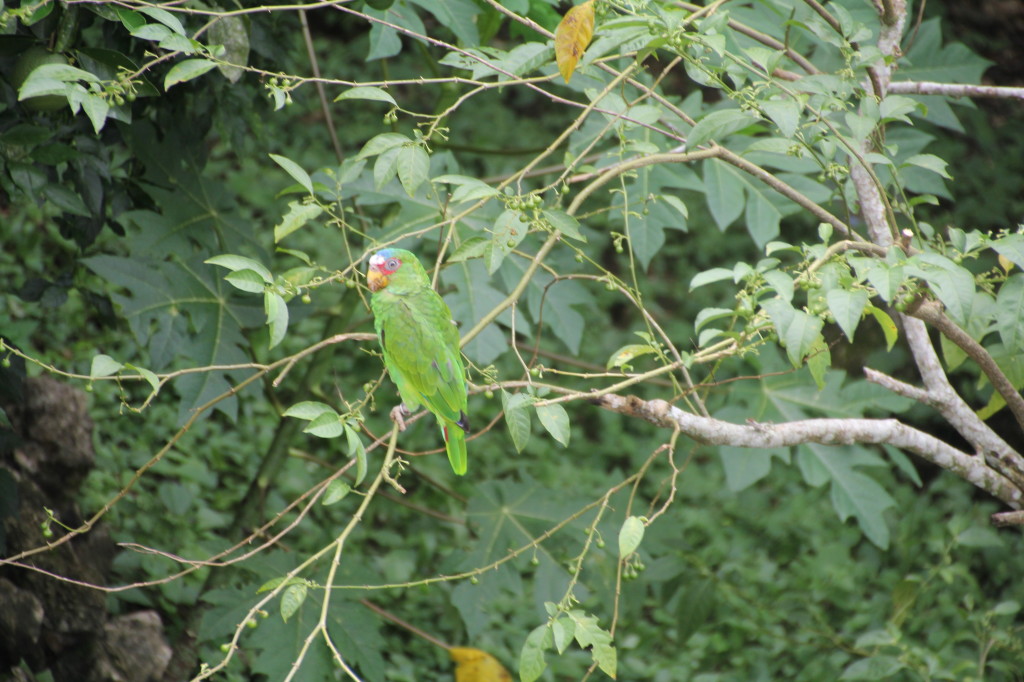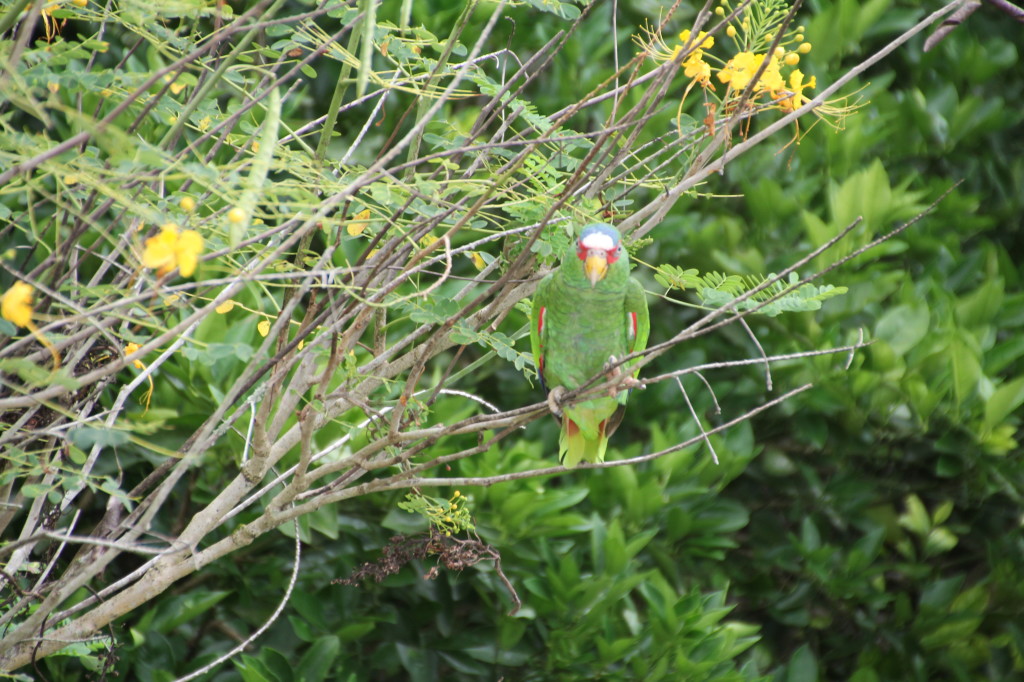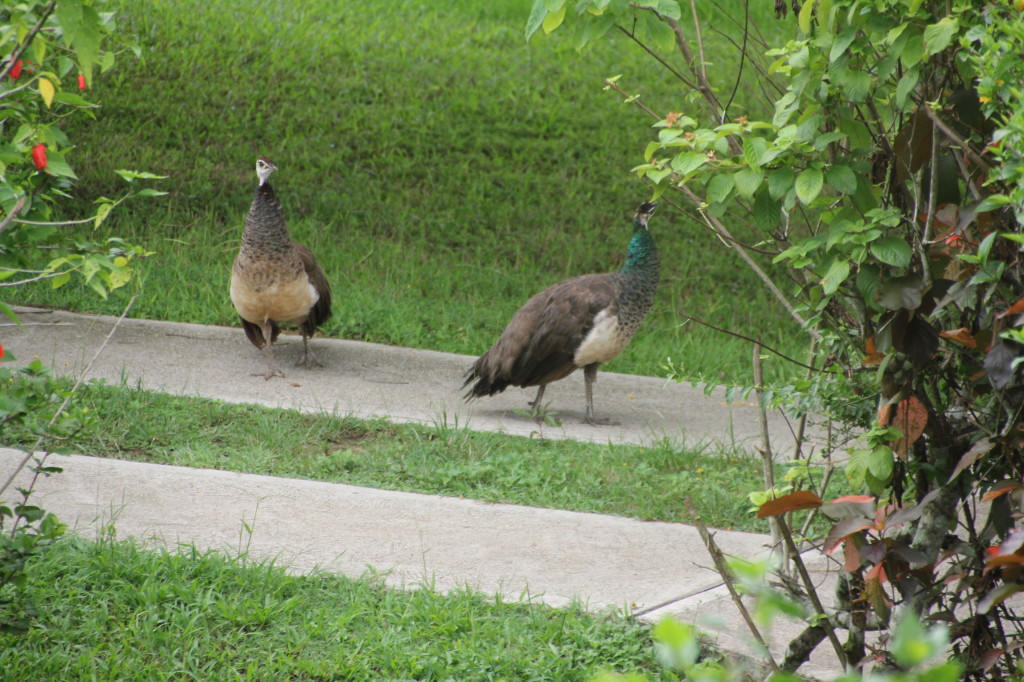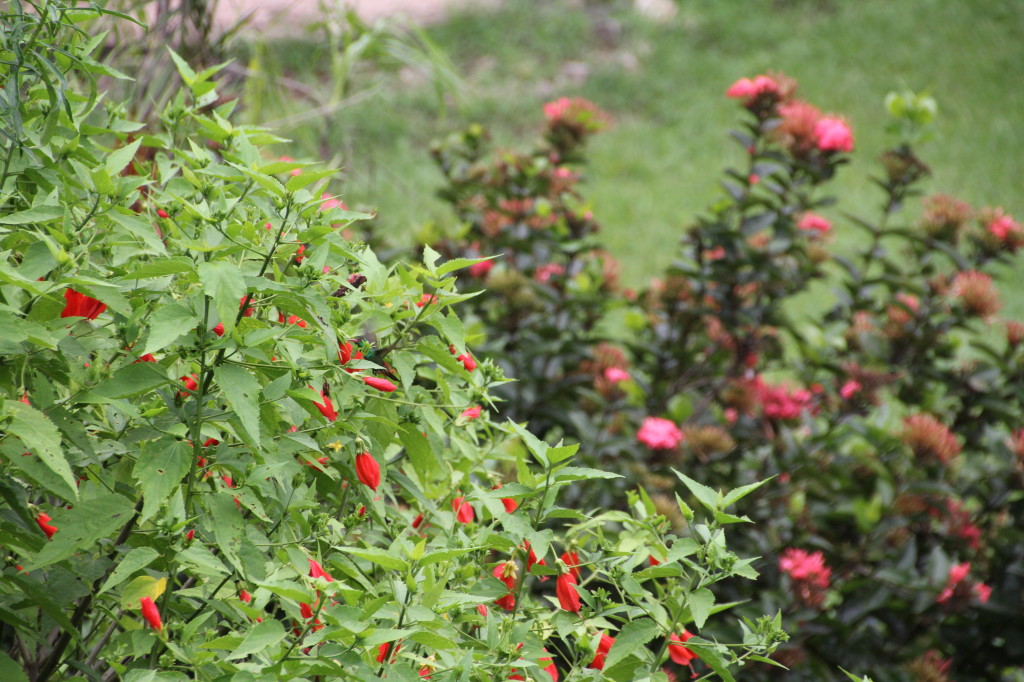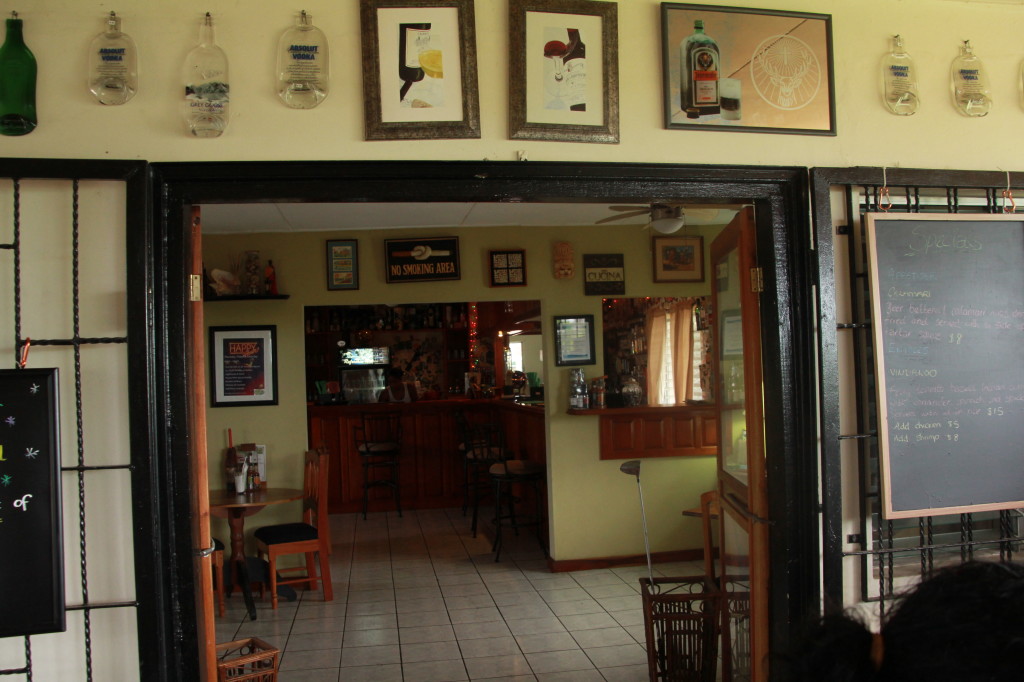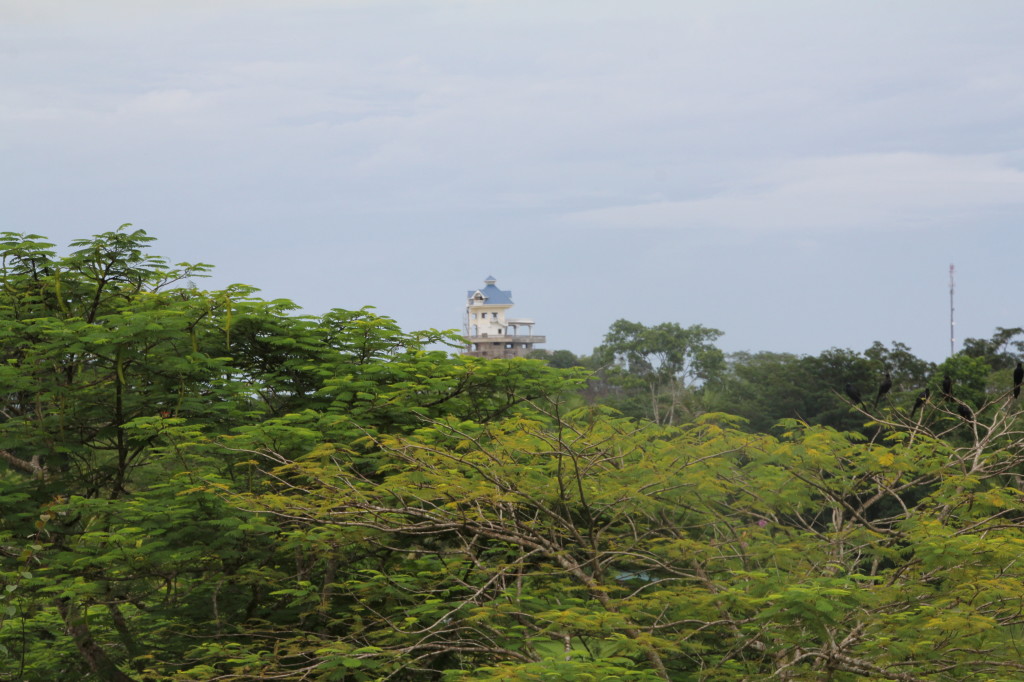During my brief visit to Bangalore, I caught up with a friend who lives there and is very passionate about conservation and wildlife rescue. Avin Deen is also the Indian representative for the World Parrot Trust. Avin picked us up at the Park Plaza in the morning and we had quite a long drive out to Bannerghatta as we hit peak hour traffic but it did give us more time to chat. During our last visit to India, Avin had taken us to SAI Sanctuary and on a birding excursion to Coorg and he was also keen to find out what birds we saw on our recent trip.
WRRC has been rendering the following services to wild animals:
- Rescue of wild life from injuries, accidents, illegal wildlife trade and other sources
- Rehabilitation
- Prevention of cruelty
- Humane Education
- Information and expertise
- Campaigns and legal battles in support of wildlife
- Research and surveys on captive elephants.

 Most recently, they rescued 21 Alexandrine Parakeet chicks who had been recovered from wildlife poachers and were in the process of rehabilitating them to be returned to the wild. Full story is here. They also have a large number of Rose-Ringed Parakeets. In these photos you can see some parakeets in their aviary as they recover their health.
Most recently, they rescued 21 Alexandrine Parakeet chicks who had been recovered from wildlife poachers and were in the process of rehabilitating them to be returned to the wild. Full story is here. They also have a large number of Rose-Ringed Parakeets. In these photos you can see some parakeets in their aviary as they recover their health.











 These birds are actually very lucky as if they had not been rescued they would have had a miserable life in a tiny crowded cage or more likely died from the mistreatment. But thanks to WRRC, they will fly free again someday. WRRC has other birds and animals as well.
These birds are actually very lucky as if they had not been rescued they would have had a miserable life in a tiny crowded cage or more likely died from the mistreatment. But thanks to WRRC, they will fly free again someday. WRRC has other birds and animals as well.
WRRC needs as much help as they can get to continue with their very important work as they are very limited in funds. For more information on how you can help WRRC, become a volunteer or organize a visit if you are visiting Bangalore, please see their website and contact them as below.
Wildlife Rescue and Rehabilitation Centre
‘Southern Cross’
9-A, Myrtle Lane
Richmond Town
Bangalore 560025
Tel: 91 80 22947300, 22947301
email:wrrcbrc@gmail.com











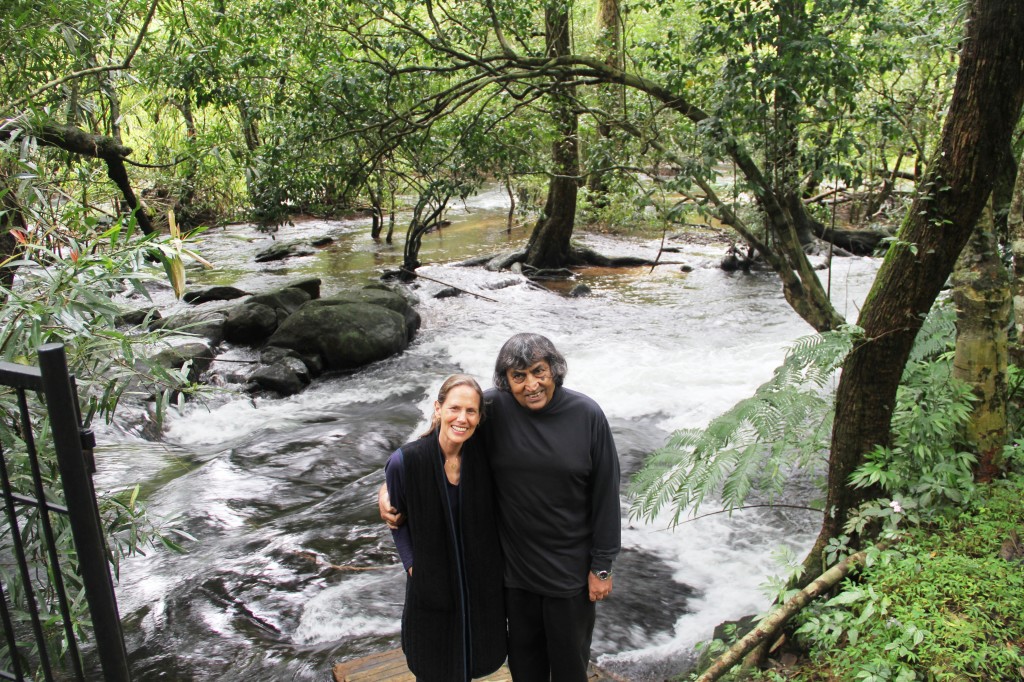

























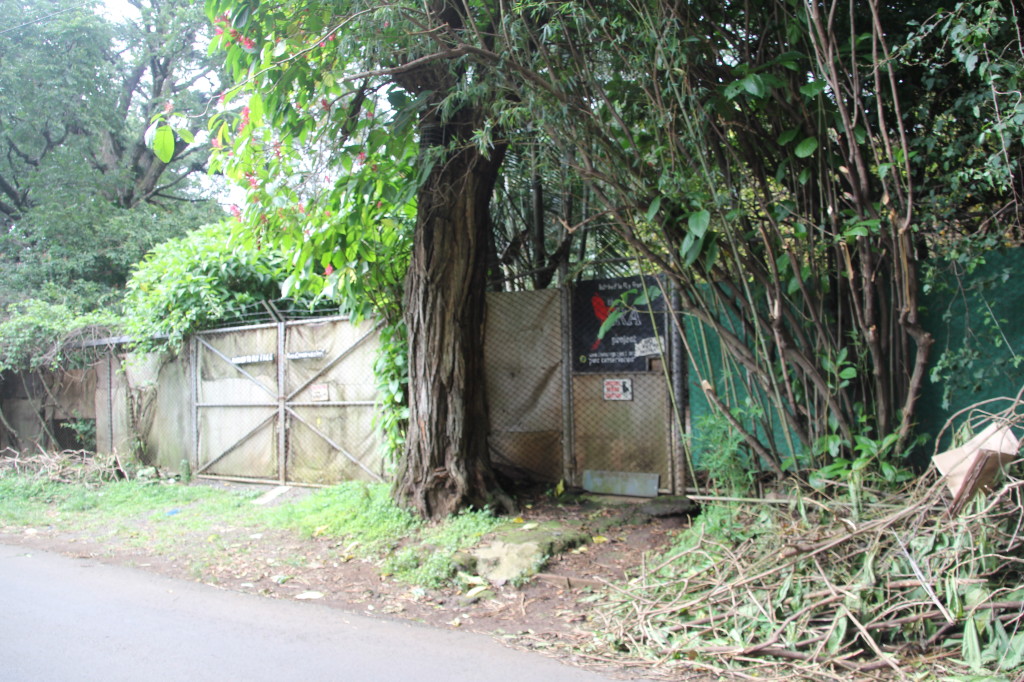
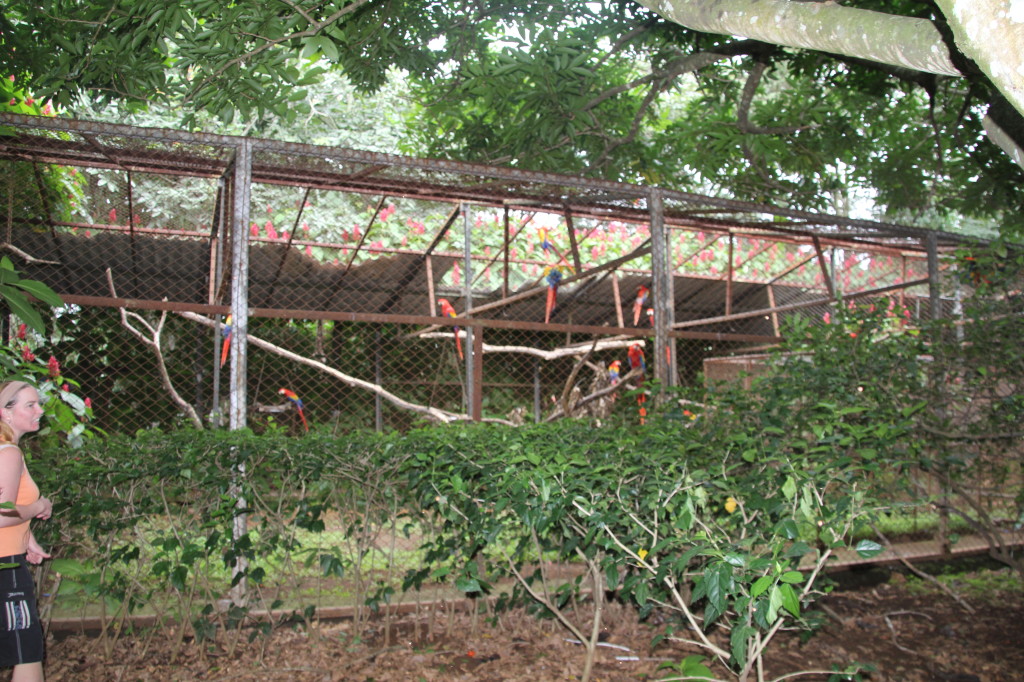
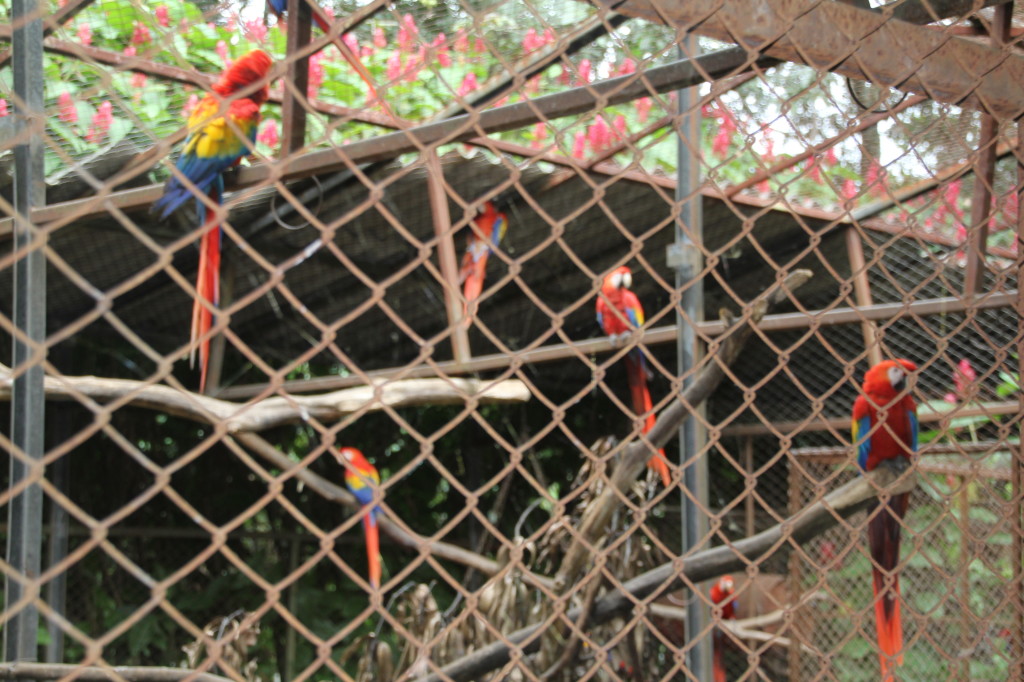
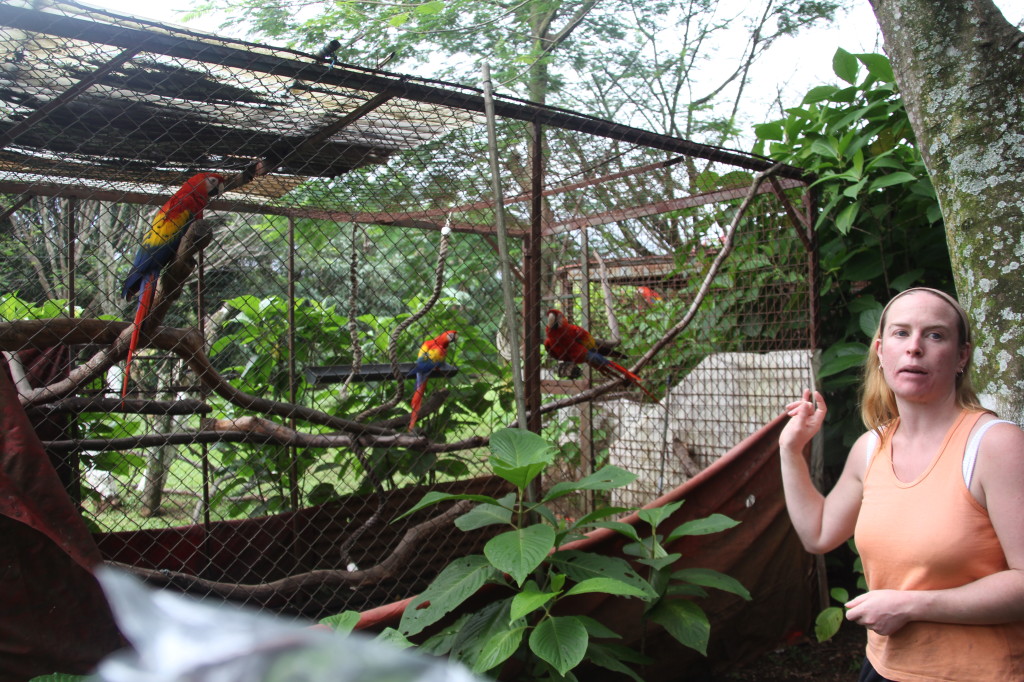
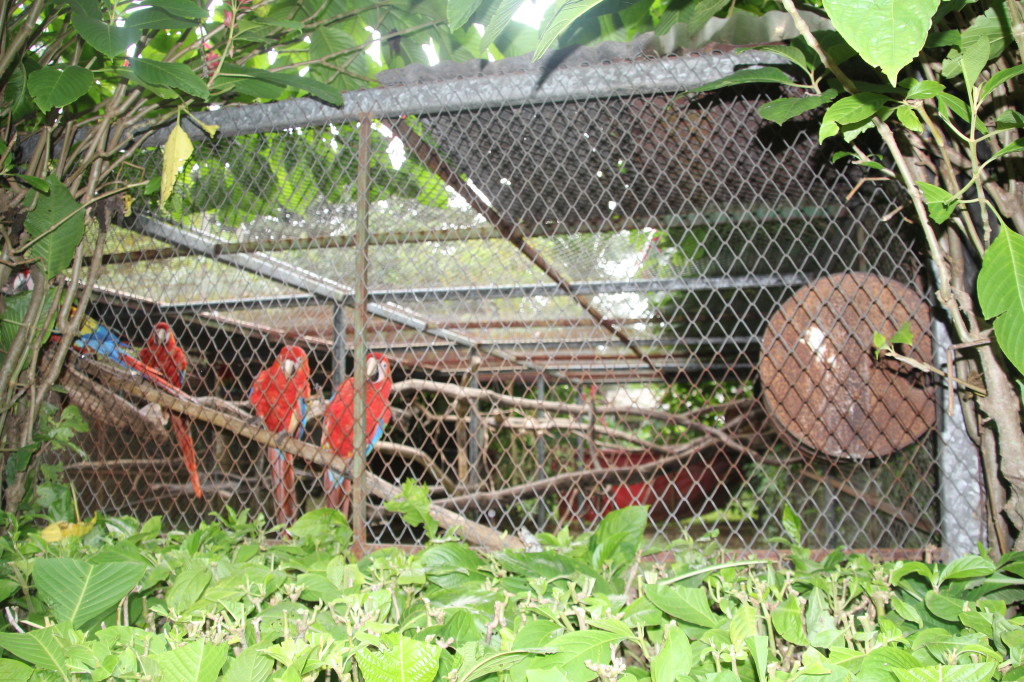
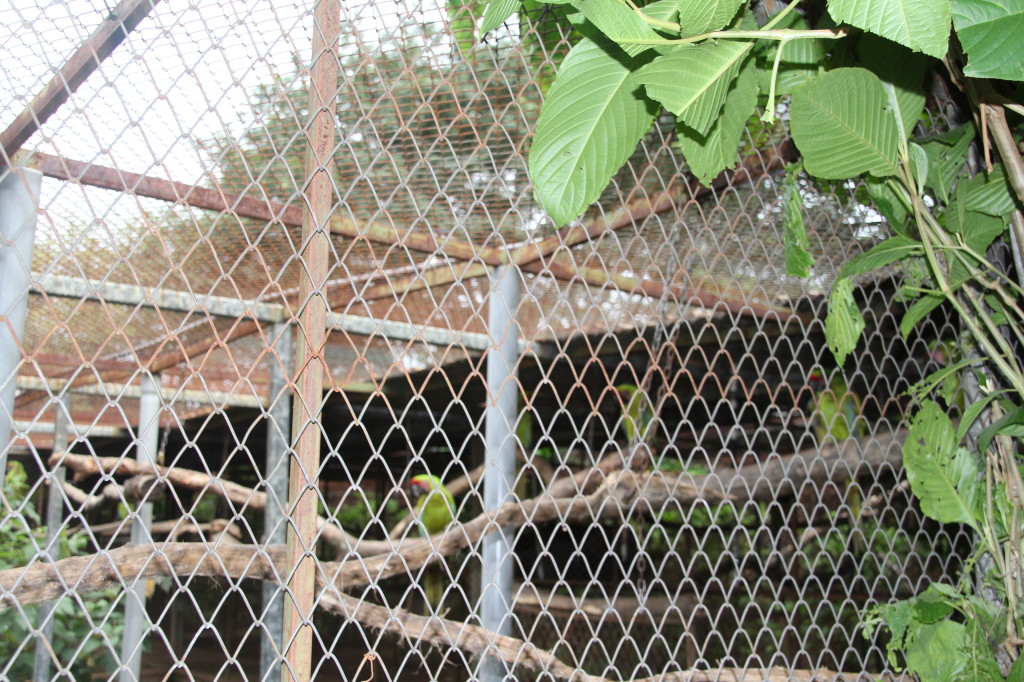
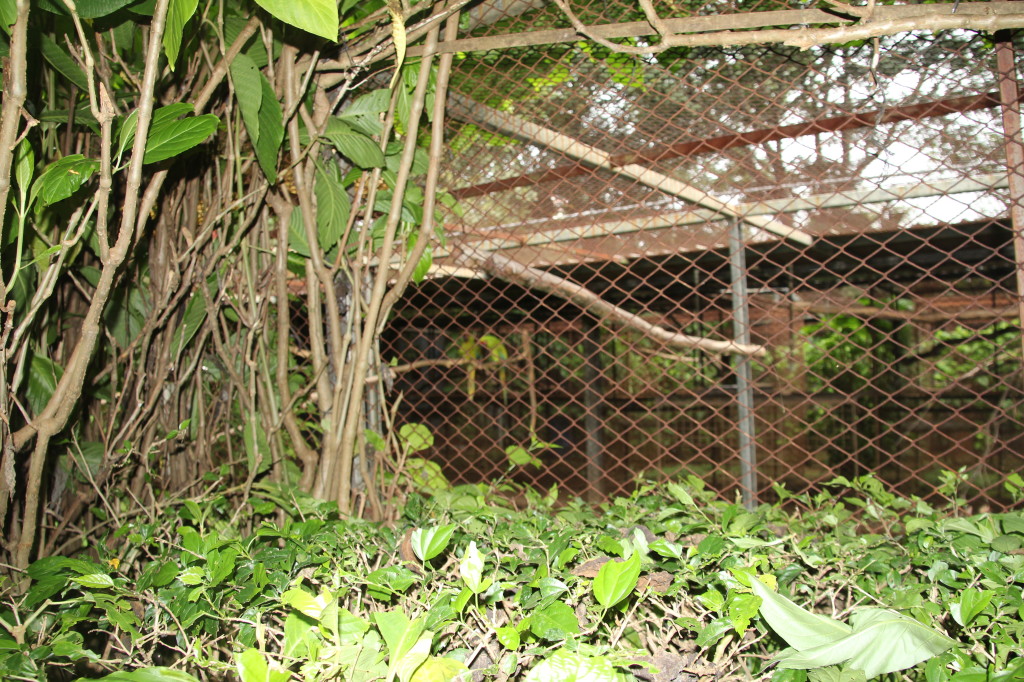
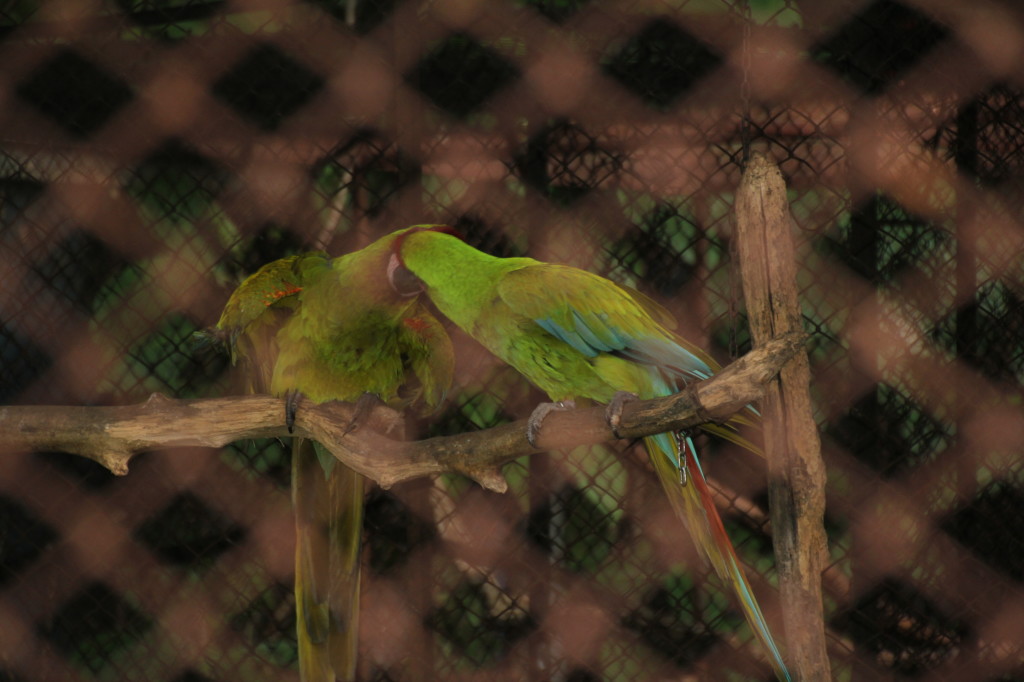
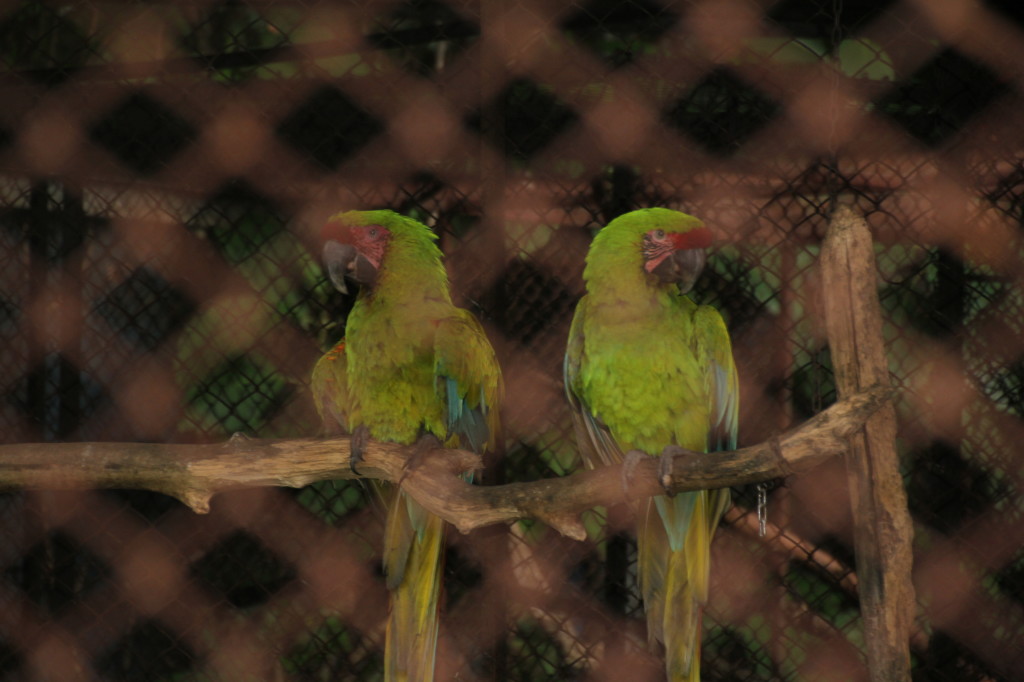
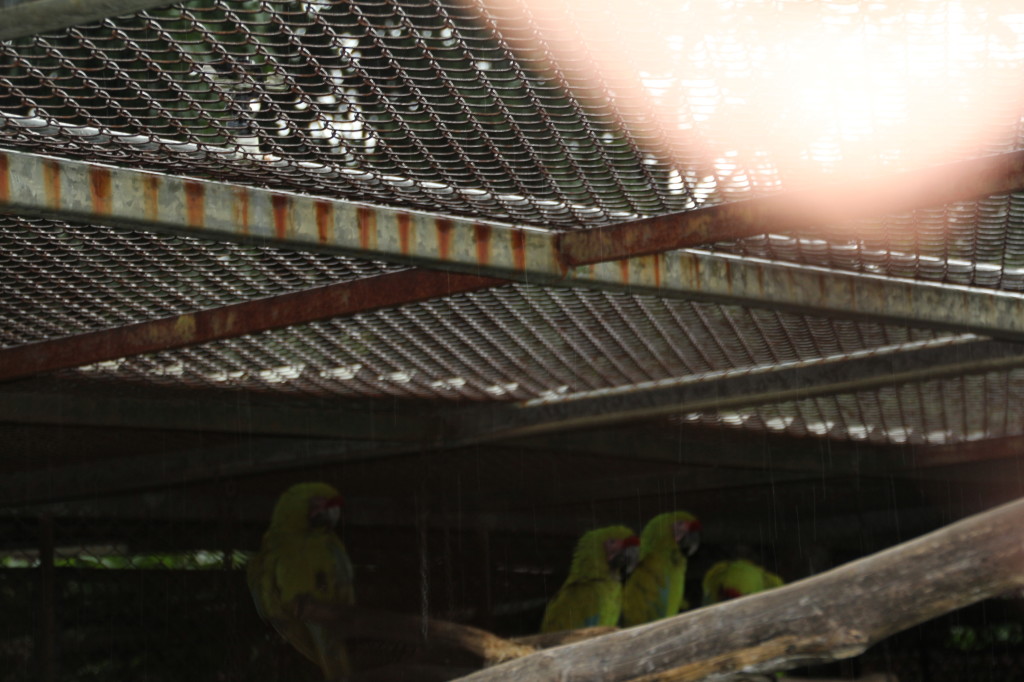
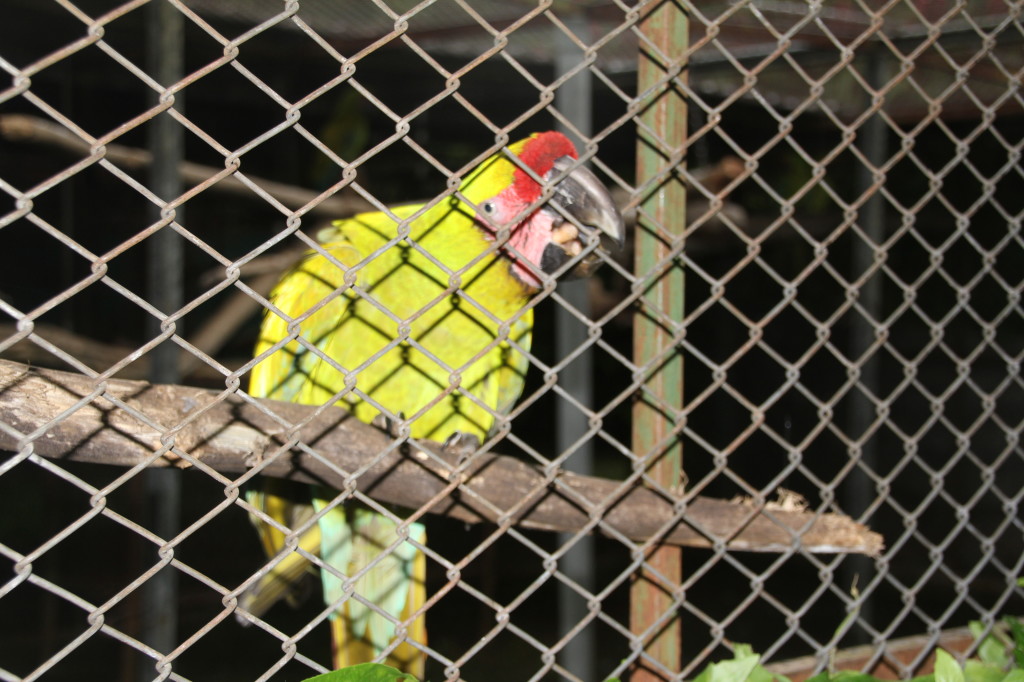
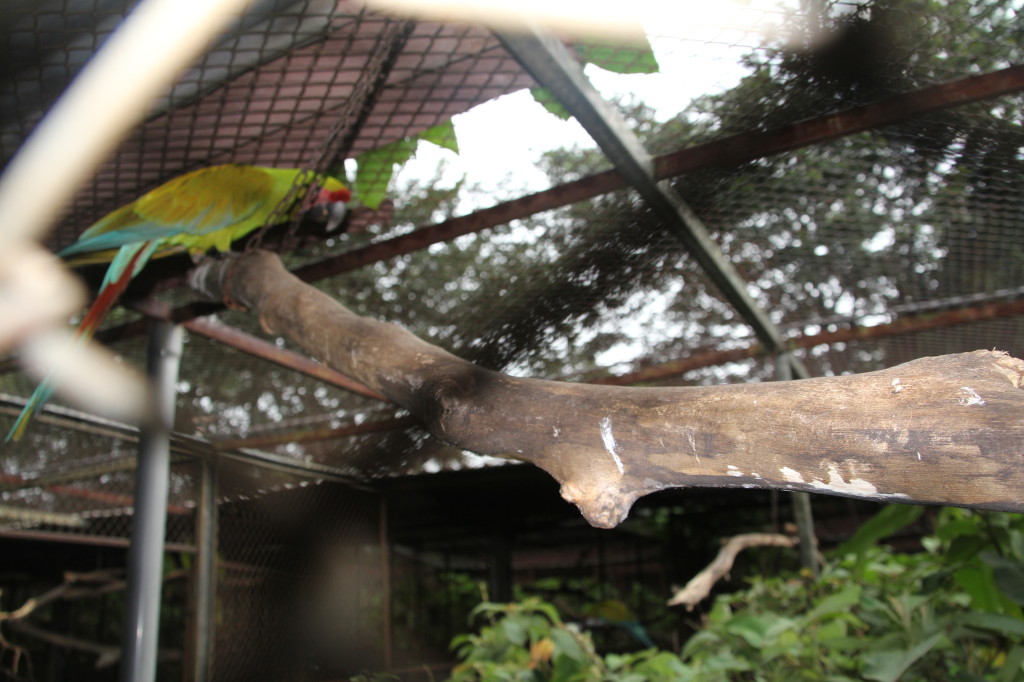
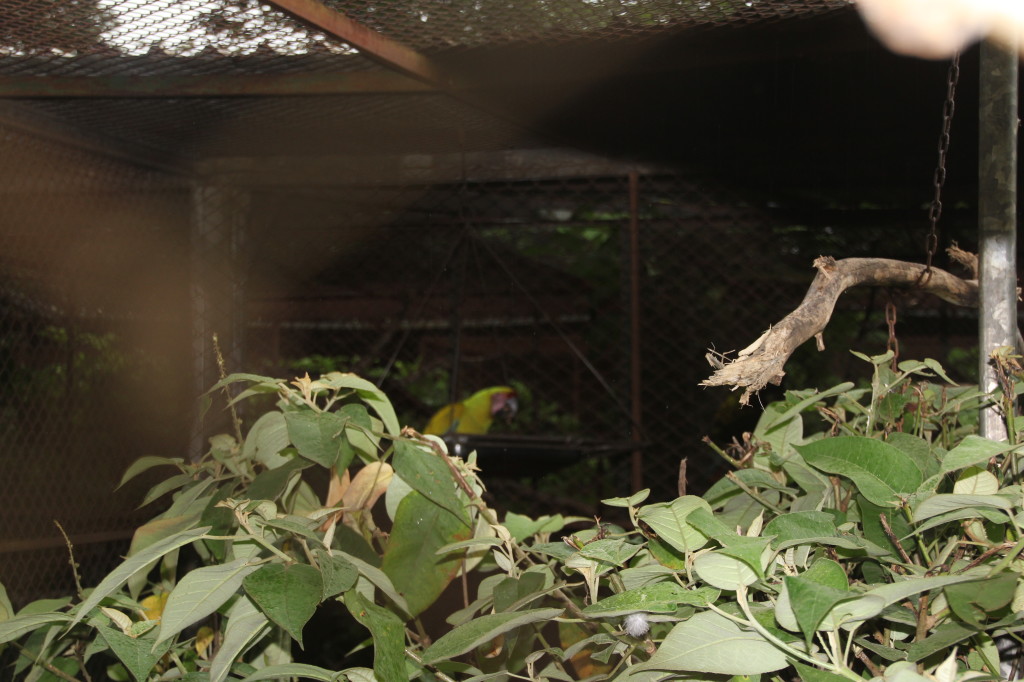
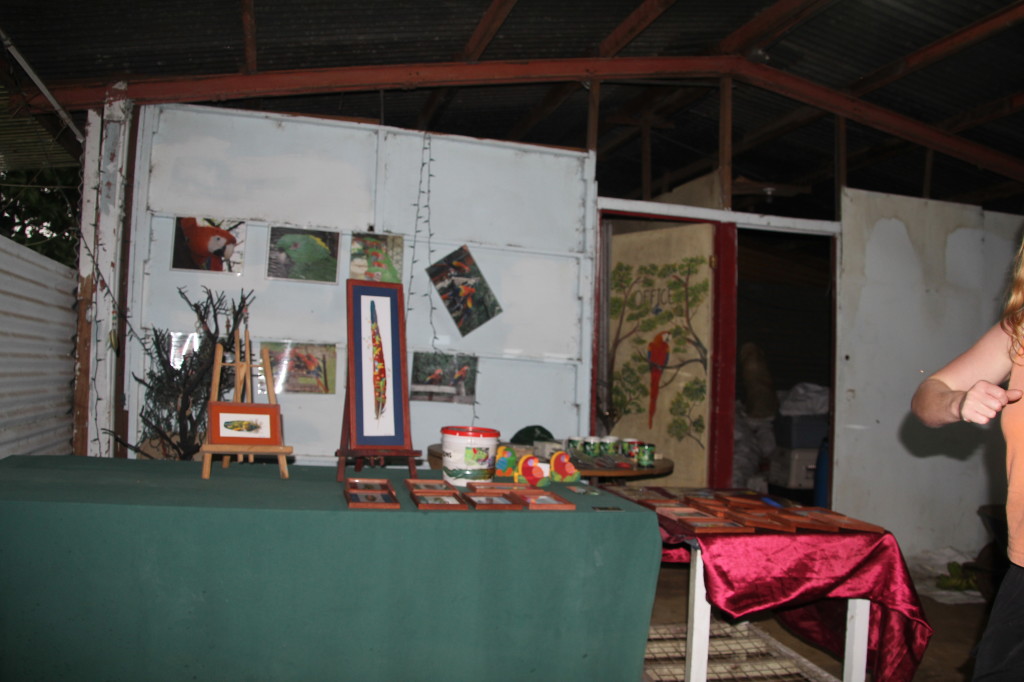
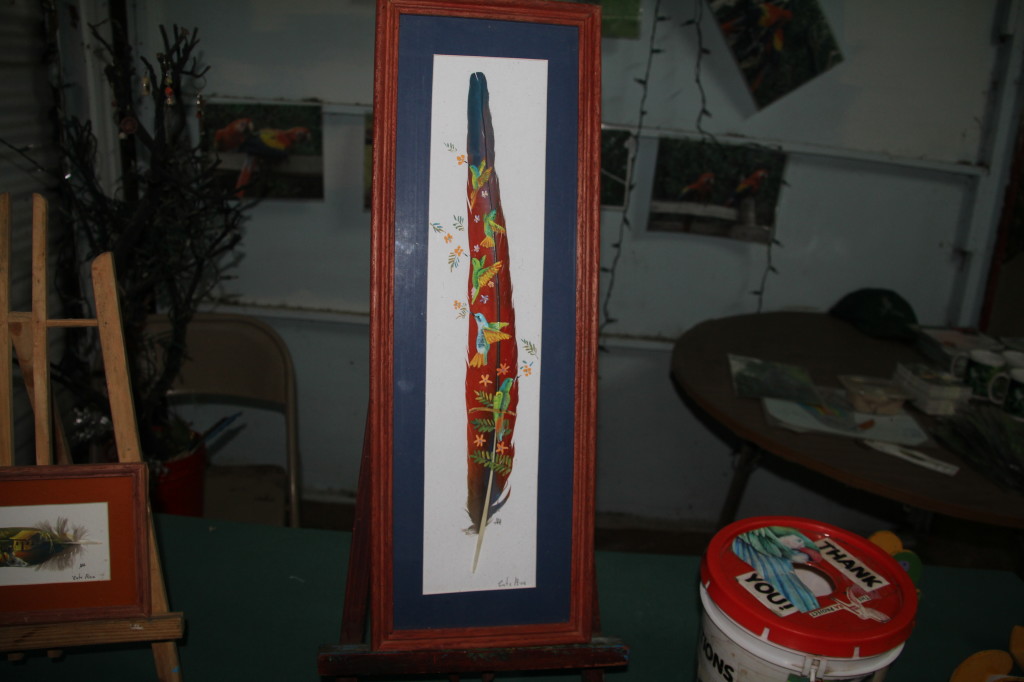
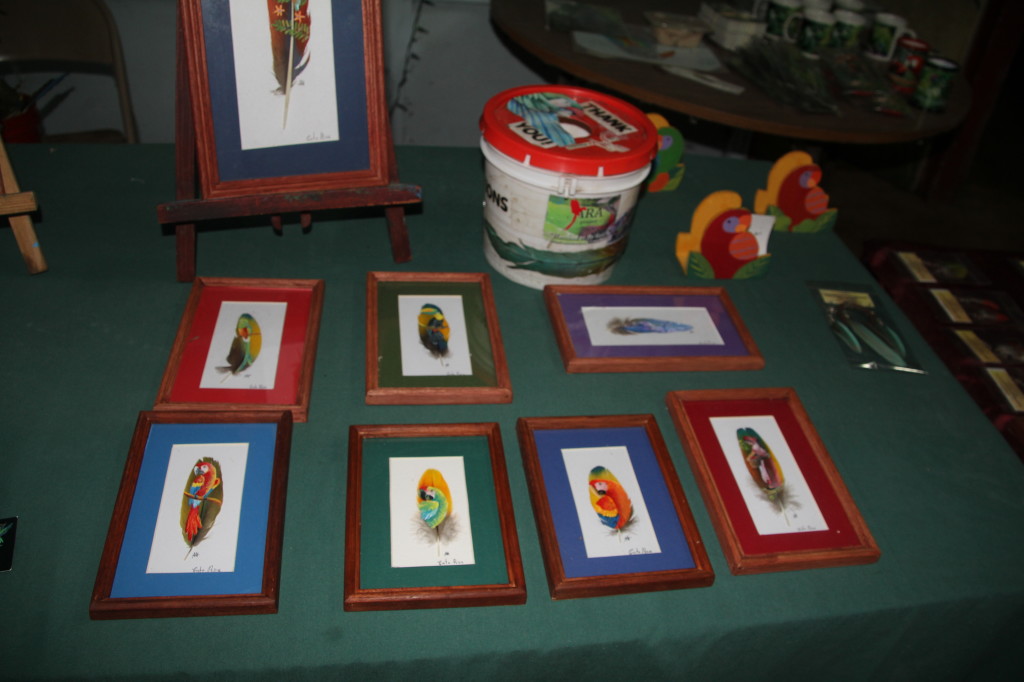
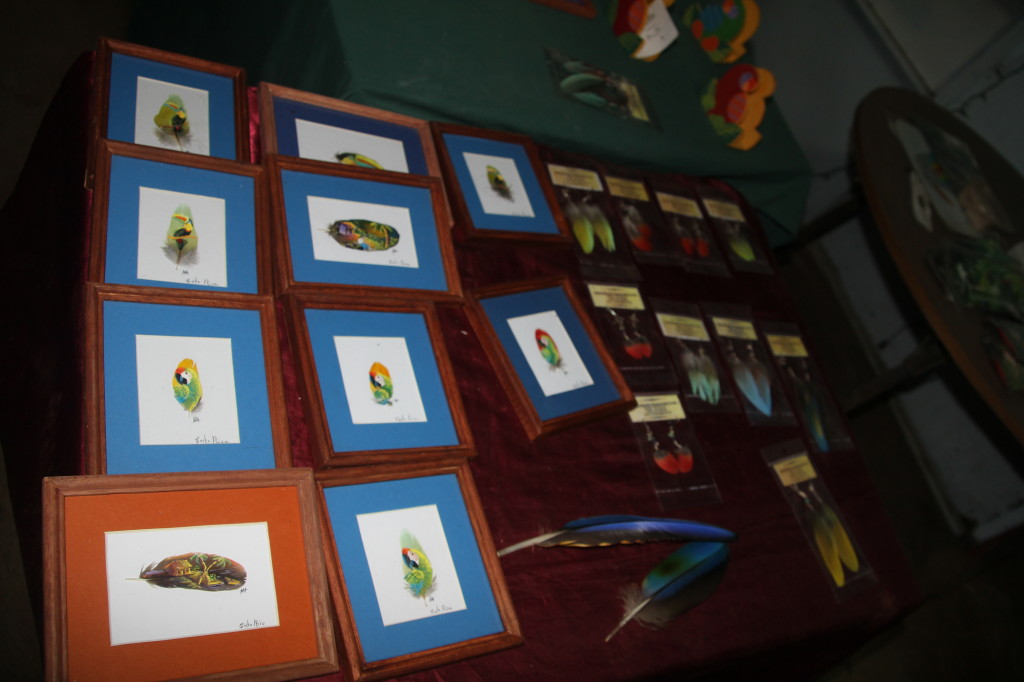

 As you know, the wildlife trade, habitat loss and other threats endanger many of Africa’s parrots: Grey parrot numbers have plummeted. Timneh parrots have disappeared from much of their range. Cape parrots are battling against the loss of habitat and disease, and many more parrots in Africa face similar dangers.
As you know, the wildlife trade, habitat loss and other threats endanger many of Africa’s parrots: Grey parrot numbers have plummeted. Timneh parrots have disappeared from much of their range. Cape parrots are battling against the loss of habitat and disease, and many more parrots in Africa face similar dangers.